معجون خفقان قلب، ہائی بلڈ پریشرکا مکمل علاج
نسخہ الشفاء : طباشیر نقرہ 20 گرام، بہمن سفید 20 گرام، گل سرخ 20 گرام، صندل سفید 30 گرام، کشنیز 30 گرام، گاؤ زبان 30 گرام، مغز خیارین 75 گرام، مغز کدو 100 گرام، تخم خرفہ سیاہ 250 گرام، زرشک 125 گرام، عرق گلاب 375 گرام، عرق کیوڑہ 375 گرام، چینی 4 کلو
ترکیب تیاری : تمام ادویہ کو پیس کر باریک سفوف بنا کر عرقیات کی مدد سے چینی ملا کر قوام بنا کر ادویات شامل کر لین بس معجون تیار ہے
مقدارخوراک : ایک چھوٹا چمچ چائے والا صبح شام خالی پیٹ ایک گلاس دودھ یاں پانی کیساتھ استعمال کیا کریں
فوائد : دل کی گرمی، دل کی سوزش اتار کر دل کو صحت مند بنا دیتی ہے خفقان قلب، اور ہائی بلڈ پریشر، میں بہت ہی ذیادہ مفید ہےبہترین نسخہ ہے
دواء خود بنا لیں یاں ہم سے بنی ہوئی منگوا سکتے ہیں
میں نیت اور ایمانداری کے ساتھ اللہ کو حاضر ناضر جان کر مخلوق خدا کی خدمت کرنے کا عزم رکھتا ہوں آپ کو بلکل ٹھیک نسخے بتاتا ہوں ان میں کچھ کمی نہیں رکھتا یہ تمام نسخے میرے اپنے آزمودہ ہوتے ہیں آپ کی دُعاؤں کا طلب گار حکیم محمد عرفان
ہر قسم کی تمام جڑی بوٹیاں صاف ستھری تنکے، مٹی، کنکر، کے بغیر پاکستان اور پوری دنیا میں ھوم ڈلیوری کیلئے دستیاب ہیں تفصیلات کیلئے کلک کریں
فری مشورہ کیلئے رابطہ کر سکتے ہیں
Helpline & Whatsapp Number +92-30-40-50-60-70
Desi herbal, Desi nuskha,Desi totkay,jari botion se ilaj,Al shifa,herbal
23 Natural Home Remedies to Lower High Blood Pressure (Hypertension)
So your doctor just told you that you have hypertension, a life long disease.
Now what?
What exactly is hypertension?
What caused this?
There are many ways you can naturally lower high blood pressure. It can be modified by consistent diet, exercise and other lifestyle changes.
According to the CDC, 29.1% of adults in the United States suffer from chronic high blood pressure (hypertension).
Hypertension is one of the “silent killer diseases.” A silent killer is a disease that produces minor or no obvious symptoms, but can cause death if not taken care of.
Other examples of silent killers are diabetes, heart disease, cancer, mesothelioma, obstructive sleep apnea, chronic viruses (Hepatitis B and C).
Hypertension, if not treated, can lead to heart disease. Heart disease is the number one silent killer disease. According to the American Hearth Association (AHA), cardiovascular disease is the leading global cause of death today, which accounts for 17.3 millions death per year.
What is High Blood Pressure (Hypertension)?
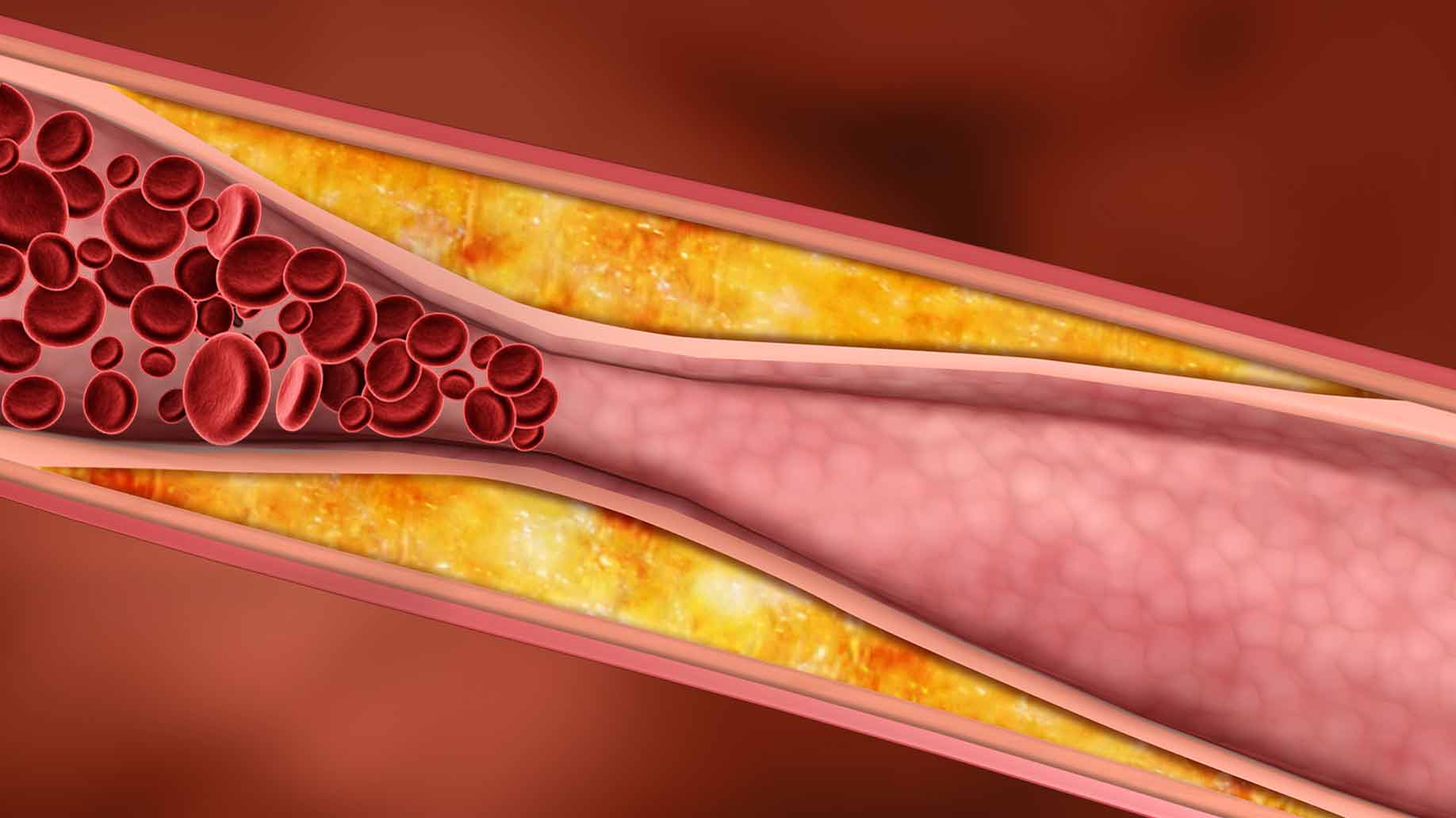
Your blood pressure rises when your heart is forced to work extra hard. It can be raised temporarily and exasperated by anxiety and other stress factors. The medical term for chronic high blood pressure is hypertension.
Hypertension can lead to damage of the heart or to the vascular system. It is important to keep your pressure within a normal range so that your entire body can efficiently receive fresh oxygenated blood.
Every organ of the body needs oxygen in order to survive. Blood is pumped out of the heart and into the arteries. The blood then carries oxygen throughout the entire body. The deoxygenated blood returns to the heart to get re-oxygenated, and the cycle continues.
When the arteries of the heart become damaged, they are not as flexible. This could be caused by plaque blockage, cholesterol build-up, or scarring. Untreated, this damage can lead to heart attacks, strokes, cardiovascular disease, and other diseases.
What Causes High Blood Pressure?
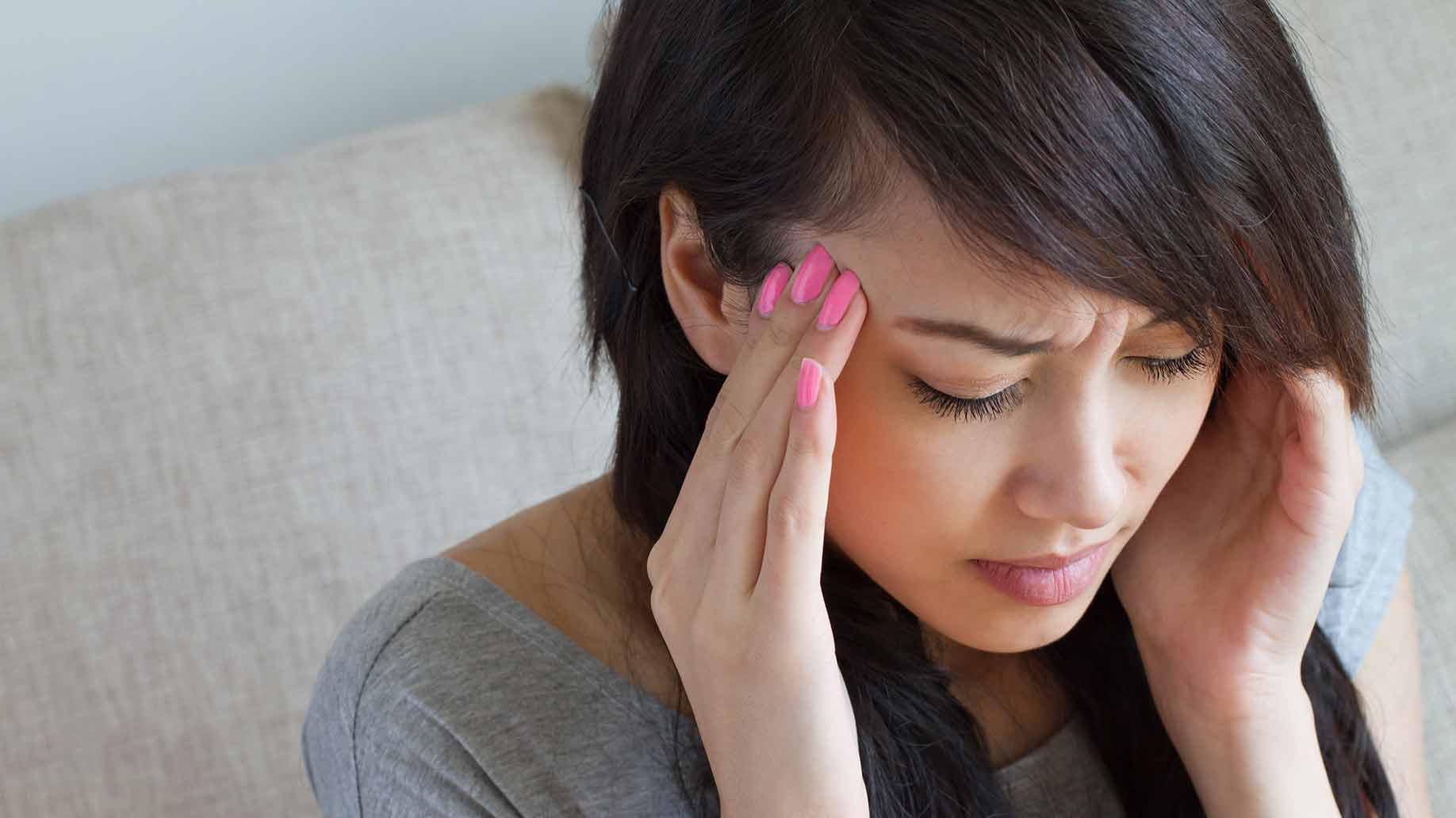
No one knows why one person is more susceptible to hypertension than other people, but it is important to know what common risk factors are. Some risk factors are modifiable, while others are not. The good news is that hypertension can be managed.
Risk factors that can put people at risk for hypertension:
Family history ,of ,hypertension
- African, Americans
- Obesity
- Sedentary ,lifestyles
- Diet high in sodium (salt), trans fat, saturated fat, and sugars
- High consumption of alcohol and cigarette smoking
- Pregnancy
- Birth control pills
- Comorbidities, such as diabetes, kidney disease, or gout
- Age (the older you are, the higher your chances are of having hypertension)
Untreated hypertension can lead to permanent damage to your organs, heart attacks, heart failure, stroke, peripheral arterial disease (PAD), kidney failure, and other health problems.
How to Measure, Blood Pressure
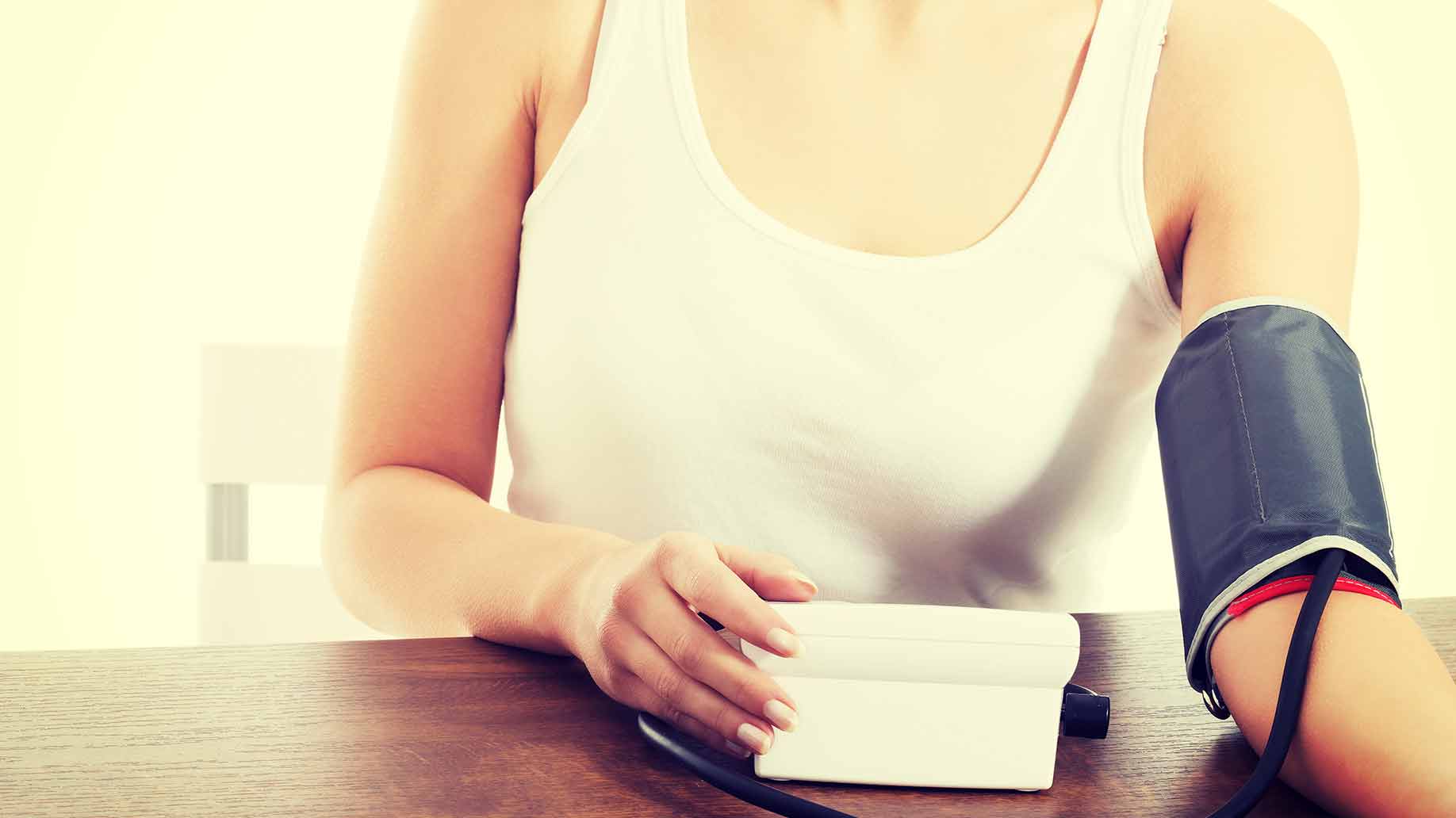
Blood pressure measures the amount of force it takes your heart to pump blood (systolic) outwards, and then to fill up while at rest (diastolic). The systolic number is the top part of the blood pressure reading and the diastolic is the bottom number.
The recommended blood pressure is 120/80 mm Hg. Pre-hypertension is anything between 120/80 – 139/89 mm Hg. High blood pressure is anything equal to or above 140/90 mm Hg.
Along with lifestyle changes, there are many natural ways to lower high blood pressure. Try a few natural remedies to find the ones that best benefits your body.
23 Natural Remedies that Lower High Blood Pressure
1. Garlic
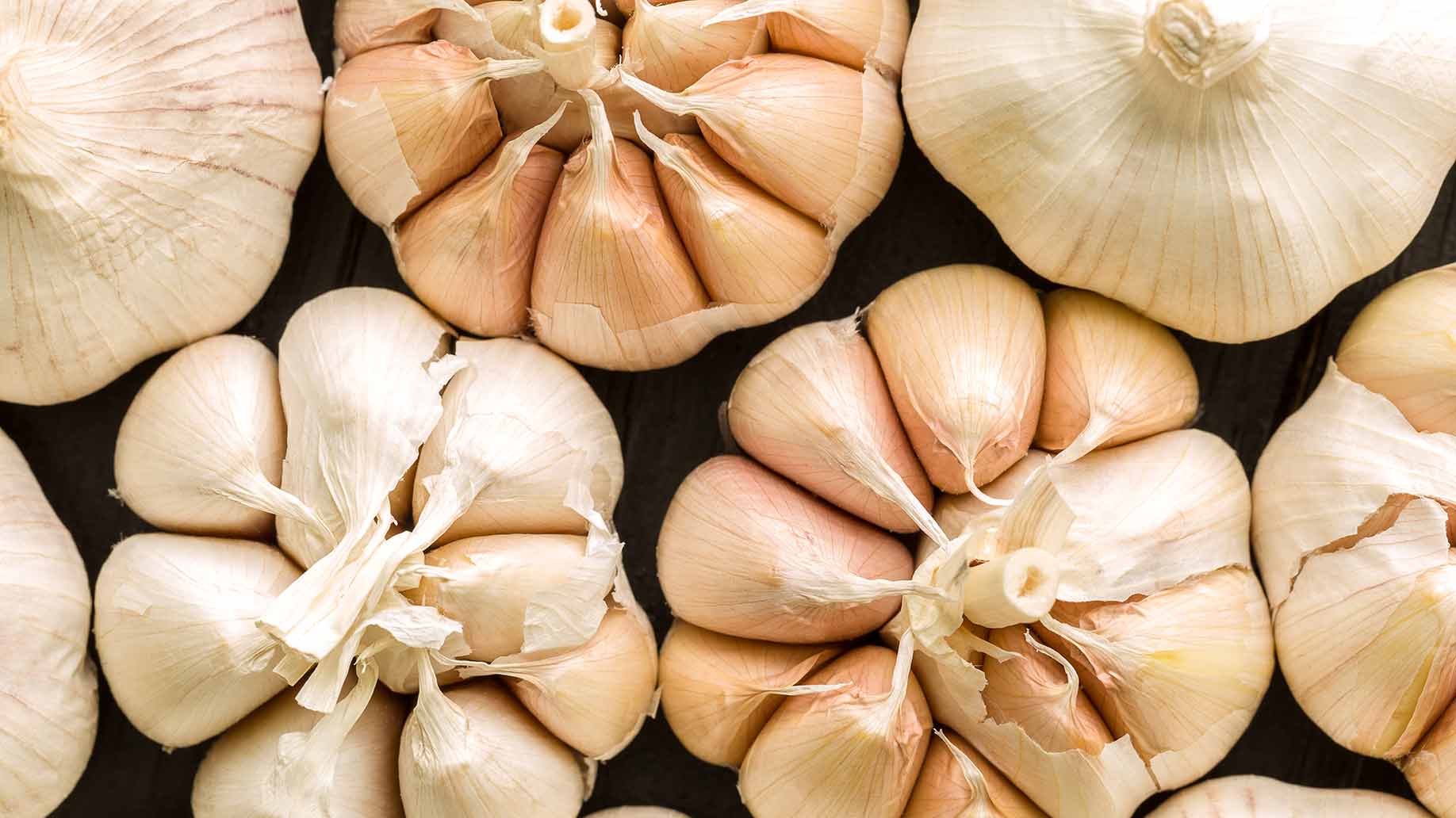
Garlic is gaining more and more popularity for its use in lowering high blood pressure. This herb also has blood thinning properties which makes it great for improving overall cardiac health.
Garlic is also a natural diuretic — meaning it forces out excess sodium and water from the body, and into your urine. This effect takes pressure off of an overworked heart and decreases blood pressure.
Method: If the taste of garlic is too strong for you, popular odorless garlic supplements are also available.
- If you cannot handle eating the entire clove raw, hold a slice of garlic in your mouth and try sucking on the juices for 15 minutes.
- You can also finely mince 1-2 cloves of garlic, mix it into a glass of water, and drink it.
- Another method is to take the finely minced pieces, put it on a piece of fruit, and cover it with honey.
2. Carrots
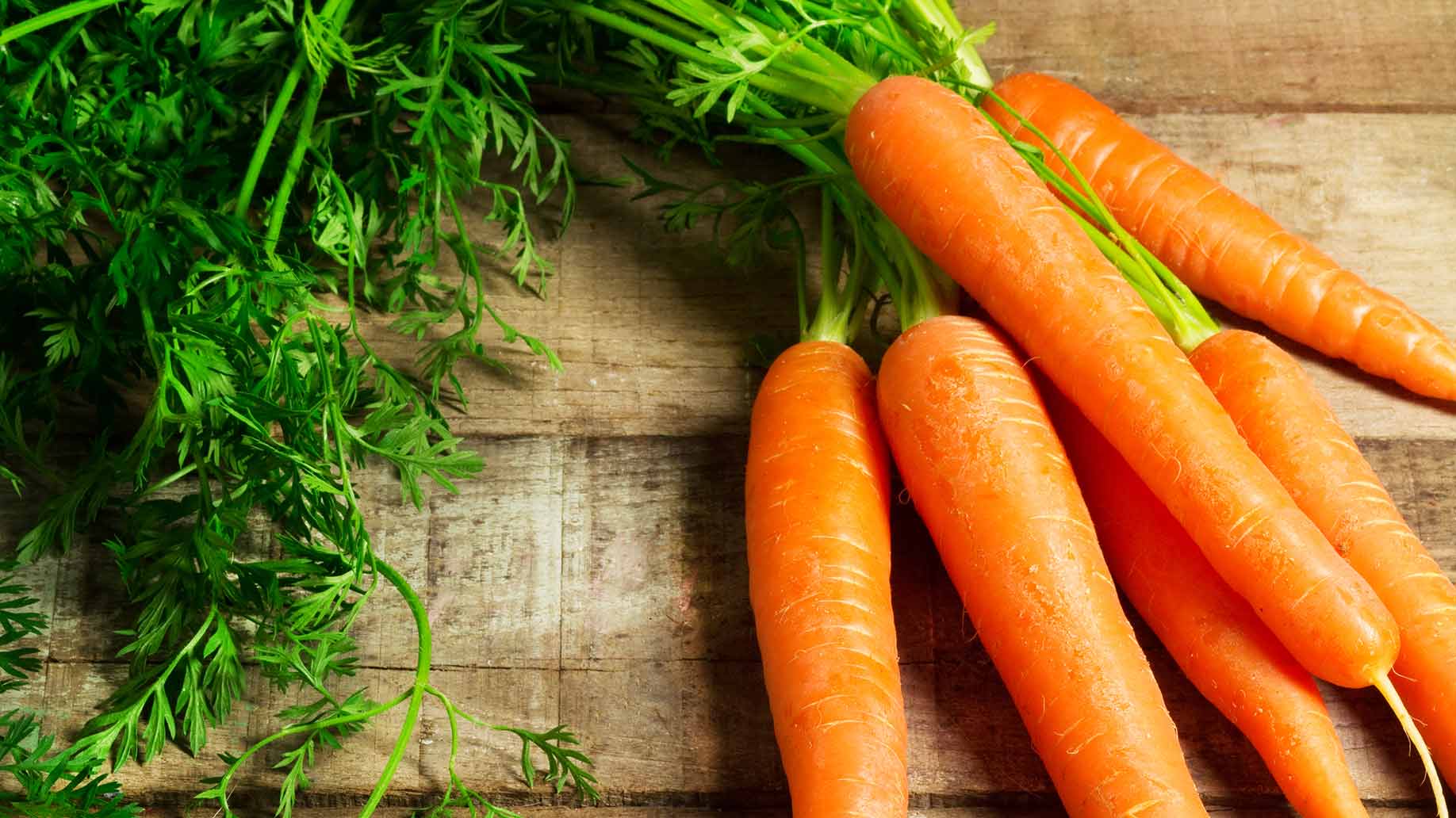
Carrots contain high levels of antioxidants beta-carotene, Vitamin A, and Vitamin C. Antioxidants reduce the amount of cancer-causing free radicals in the body. They also protect against damage to blood vessels and cellular death.
Carrots are also high in the electrolyte, potassium. Potassium is great at keeping the fluid within the body balanced and normalizing blood pressure. Potassium positively counteracts the effects of sodium. Consumed in large amounts, sodium can negatively affect blood pressure.
Method: Drink 1-3 glasses of carrot juice a day. Make sure to buy organic and do not add any sugar.
3. Tomatoes
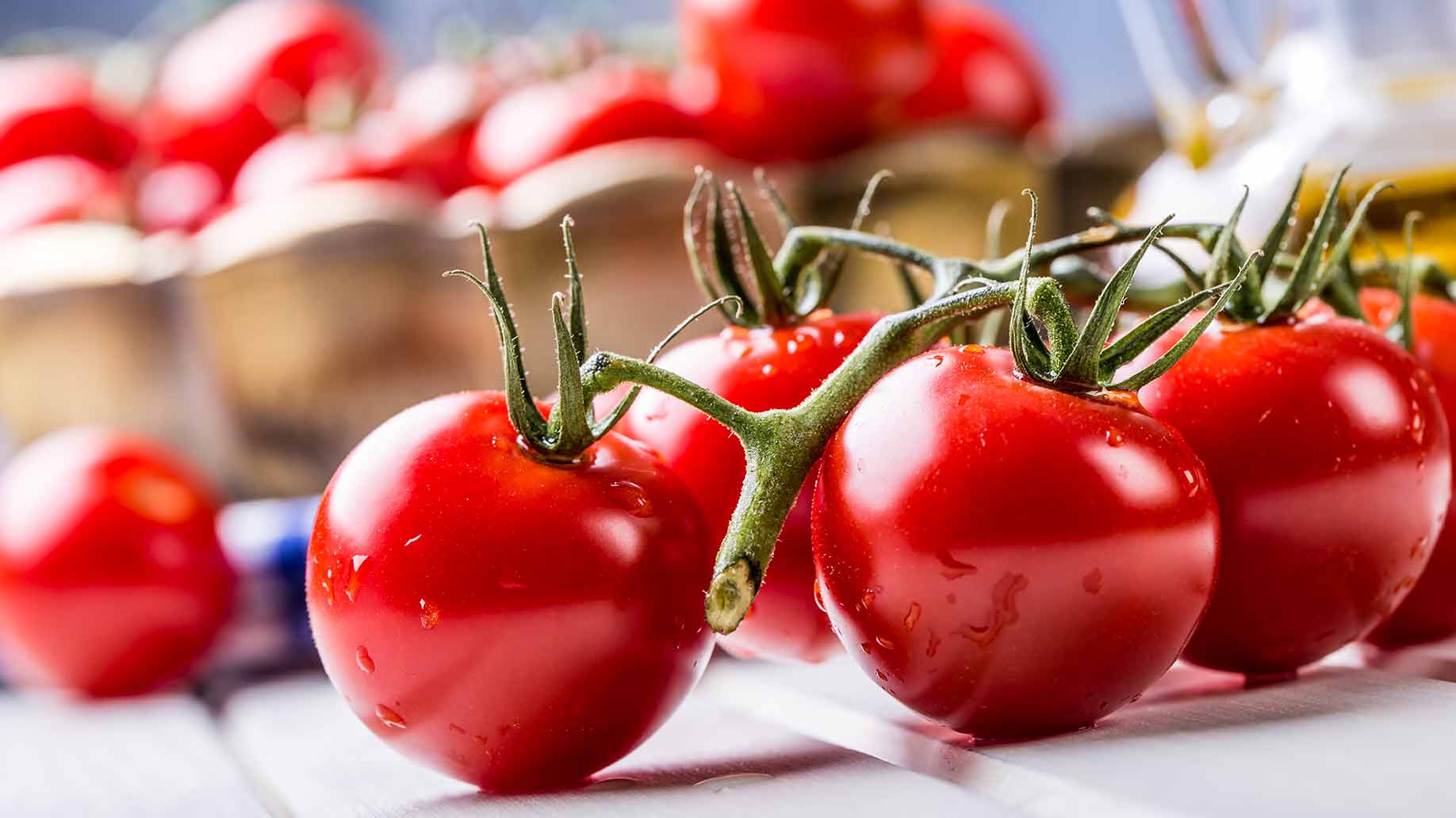
Tomatoes contain beta-carotene, vitamin E, potassium, and antioxidants — which are all great at lowering high blood pressure.
Tomatoes also contain lycopene, a chemical that gives it its rich red color. Lycopene has antioxidant effects that lowers bad cholesterol (LDL) and prevents the build-up of fatty deposits in arteries (atherosclerosis). These buildups can lead to cardiovascular disease.
Method: Eat a cup of fresh tomatoes, tomato sauce, or blended tomato juice, everyday. If you do not like the taste of tomatoes, try taking lycopene supplements. Avoid commercial tomato sauce, which contain high levels of sodium.
4. Celery
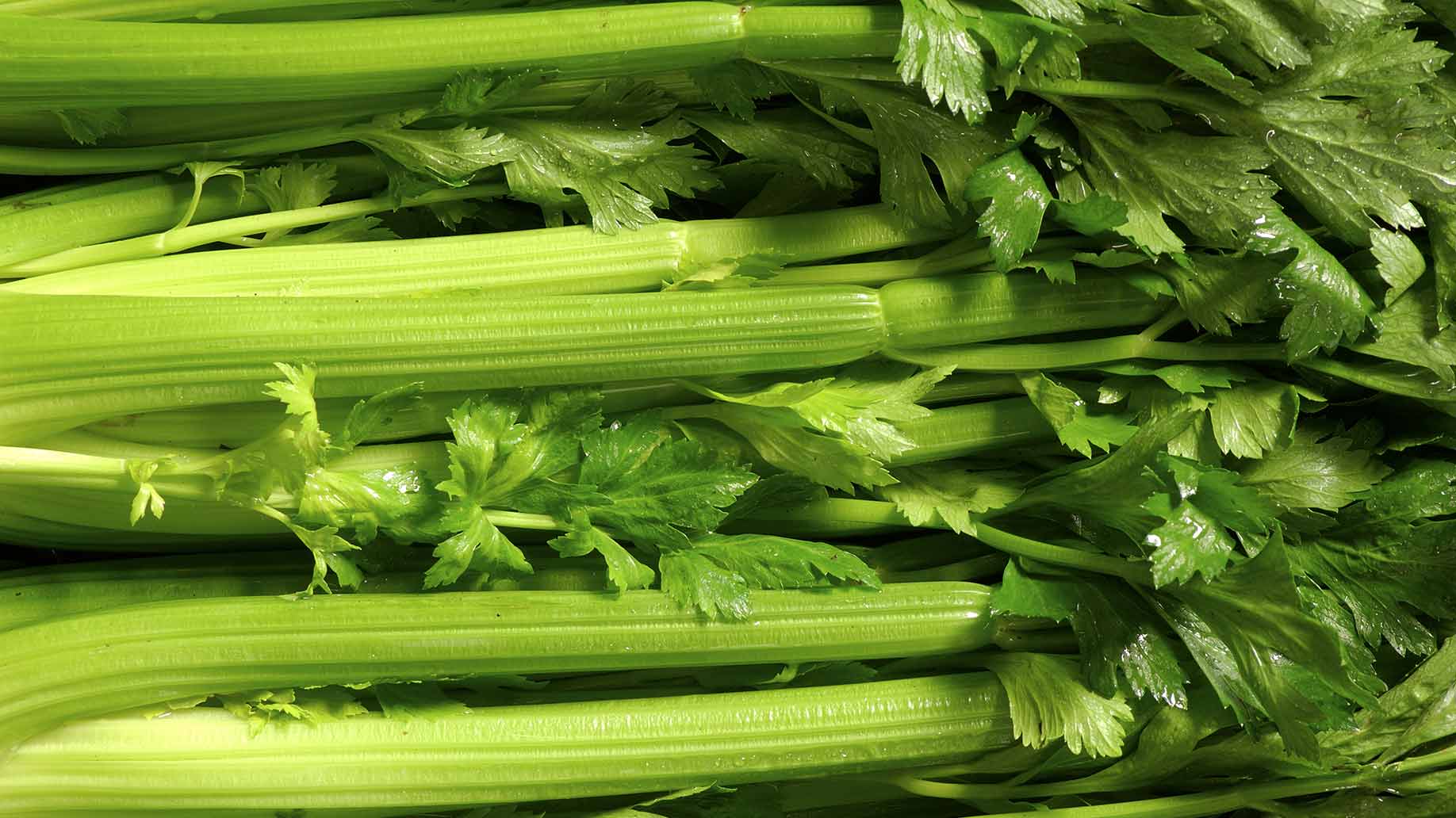
Celery seeds are widely used in the Chinese culture for lowering blood pressure. Specifically, the Chinese use celery seeds to lower high blood pressure of the liver.
Celery is a fibrous vegetable that also acts as a diuretic. Diuretics flushes out excess water from the heart and the body. This causes a decrease in blood pressure.
Method: Mix celery seeds into your tea, your cooking, or drink fresh celery juice — 3 times a day.
5. Pomegranate
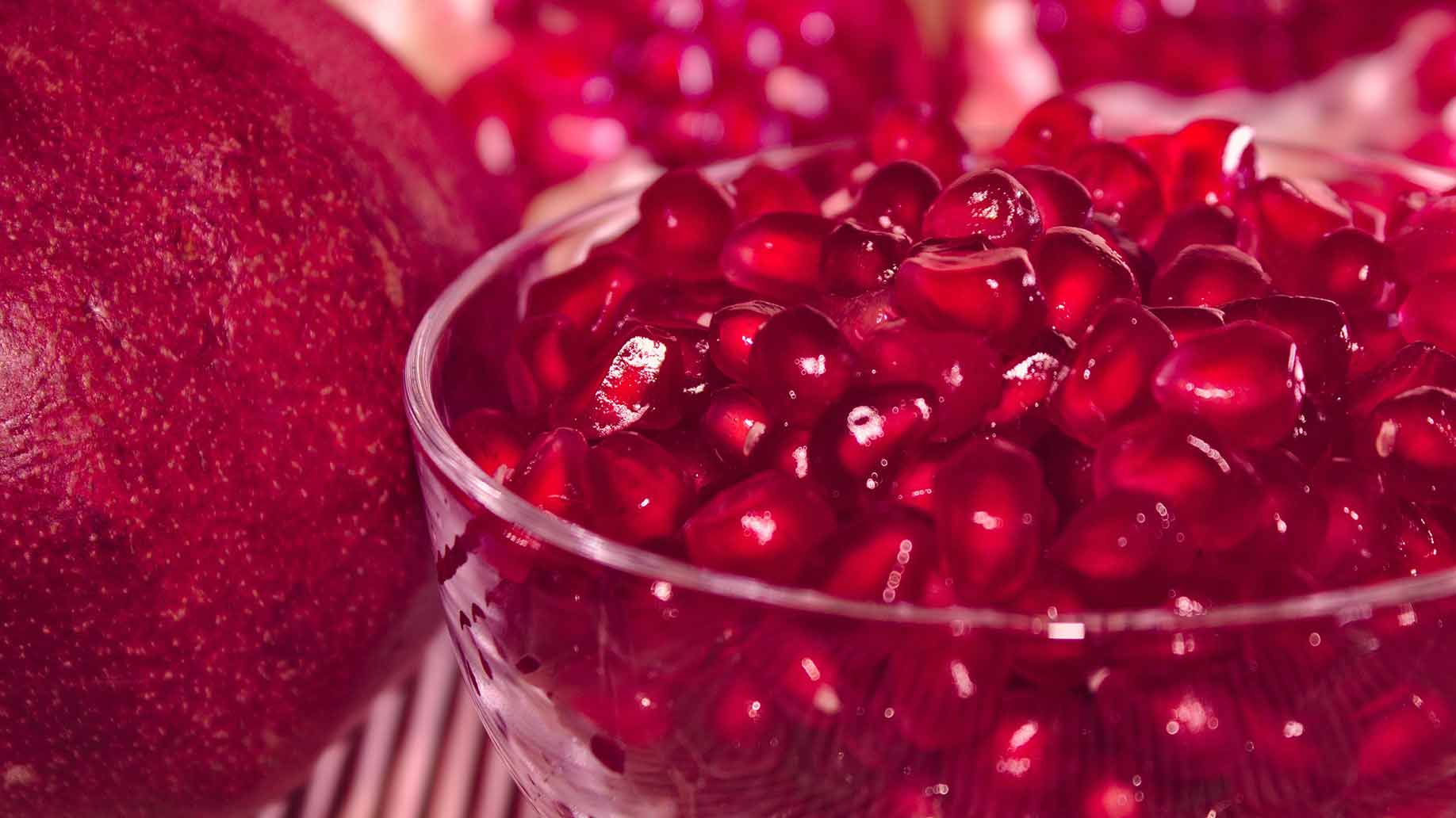
Pomegranates not only are dense in nutrients, but are also high in antioxidants — specifically in tannins and anthocyanins. Pomegranates are fruits that have a hard shell and edible juicy red seeds.
Pomegranates contain phytochemicals, flavonoids, polyphenols, and punicalagin.
Phytochemicals naturally occur in plant foods that act as antioxidants and prevent damage to our cells. Antioxidants such as flavonoids and polyphenols fight against heart disease and cancers.
Punicalagin is a compound that is mostly responsible for the health benefits in pomegranates. It improves the functions of the heart and blood vessels, lowers bad (LDL) cholesterol, raises good (HDL) cholesterol, lowers high blood pressure, and reverses the effects of arterial blockage (atherosclerosis).
Pomegranates contain more antioxidants than red wine, berries, or even green tea.
Method: Add pomegranate seeds to your salad, or juice the seeds into a tasty drink.
6. Beets & Radishes
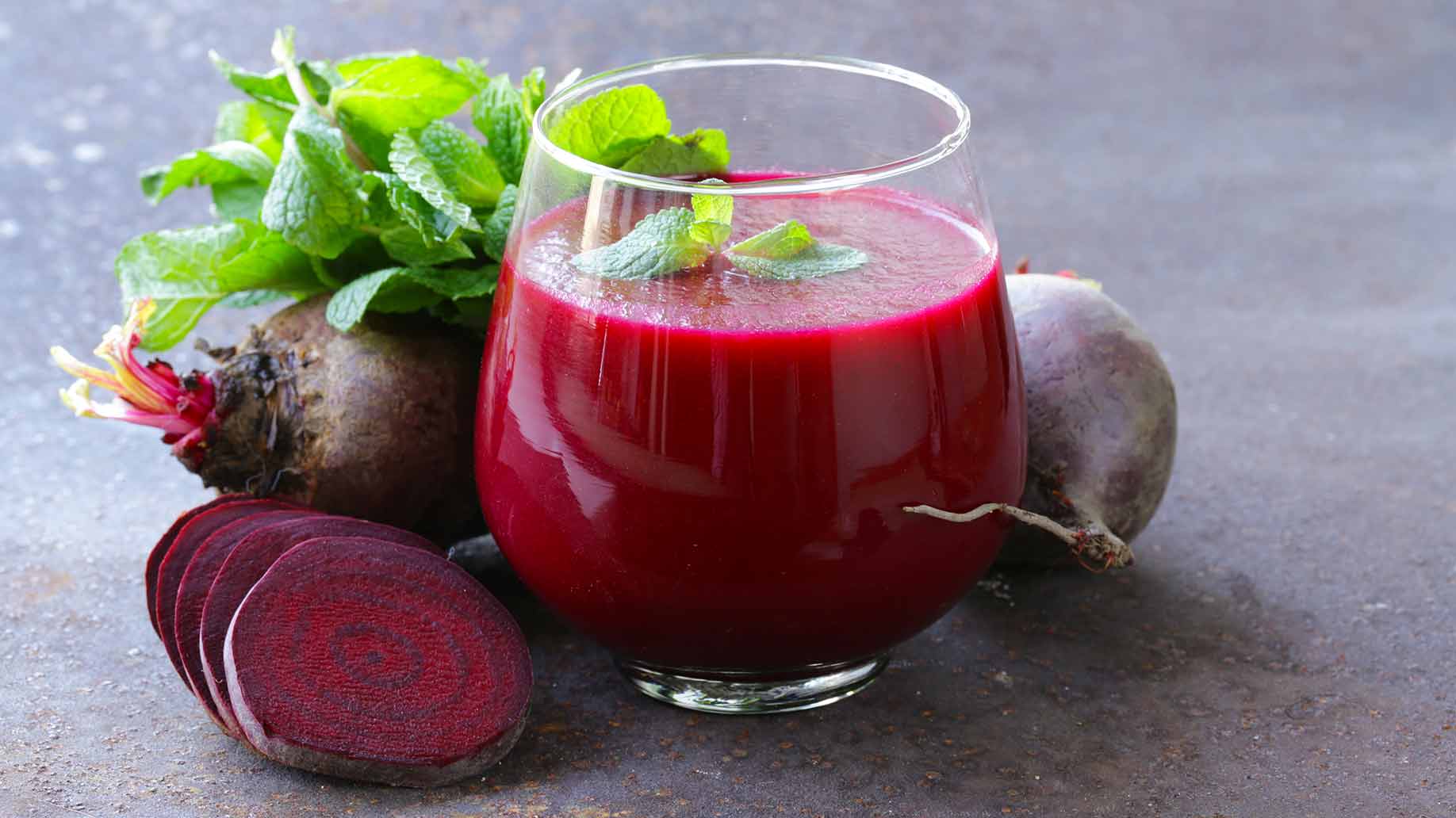
Beets & radishes are under-appreciated and overlooked vegetables. Both beets and radishes are high in nitrates, which are great at lowering high blood pressure, by improving vasodilation.
Nitrates change into vasodilator nitric oxide after being ingested. Nitric acid dilates blood vessels, regulates blood pressure, decreases endothelial inflammation, and platelet aggregation.
Both the leaves and the roots of the radish lowers elevated blood pressures.
Method: Juice made out of beets or radishes are the best form of the vegetables, in lowering blood pressure. Drink a glass of blended beets or radishes juice, daily. Also, add fresh beets and radishes to any dish!
7. Sesame
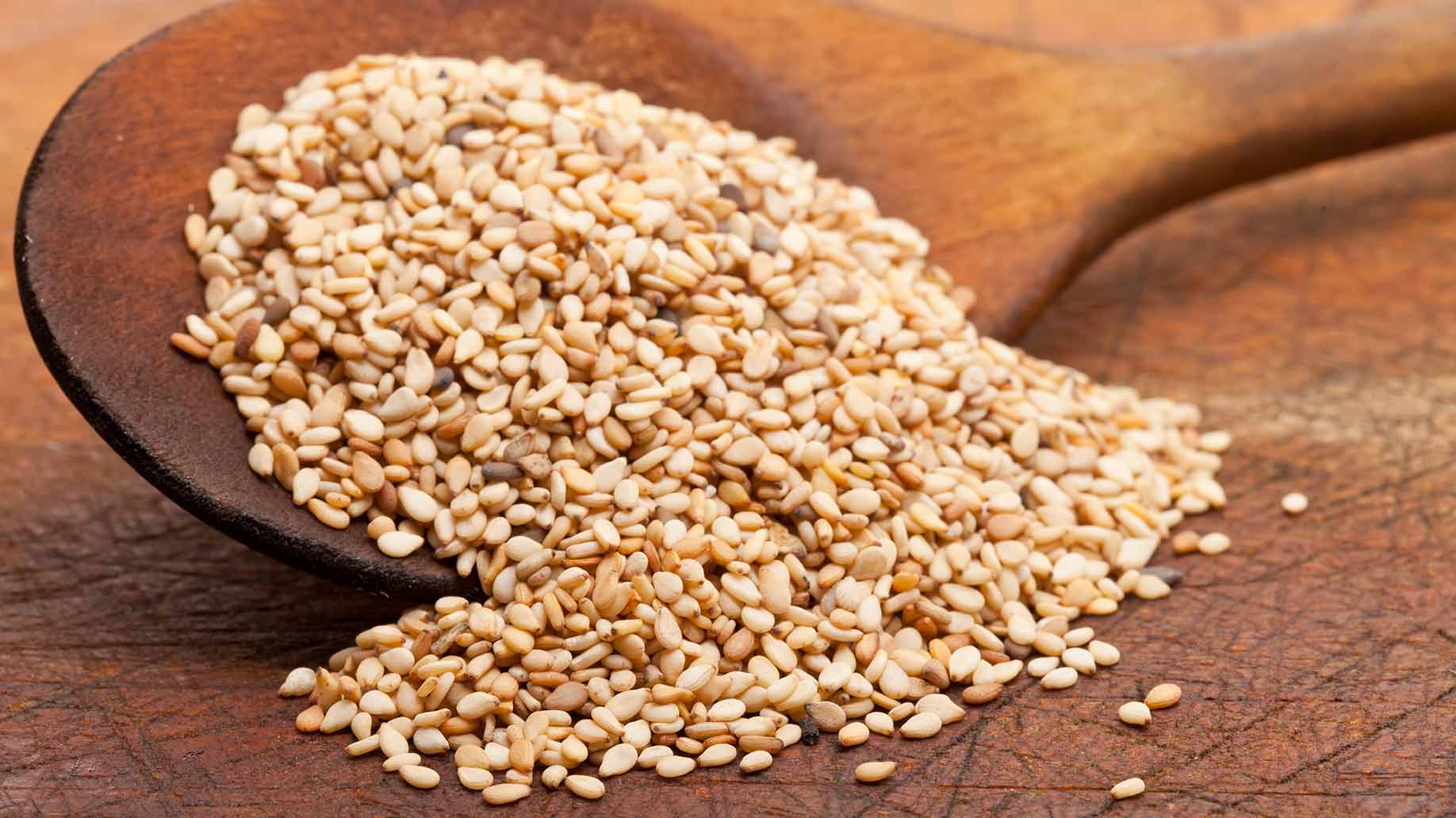
Sesame oil contains omega-6s, polyunsaturated fatty acids (PUFA), Vitamin E, and sesamin, which are great for lowering blood pressure, cardiovascular disease, and diabetes.
Sesamin is a lignan compound in sesame oil that has been shown to reduce blood pressure levels. Sesame lignans reduce the absorption of cholesterol in the body.
PUFA and sesamin work together to relax the arterial wall and reduce blood pressure.
Method: Incorporate 1 ounce of sesame seeds or oil into your daily cooking, for at least 2 months.
8. Ginger
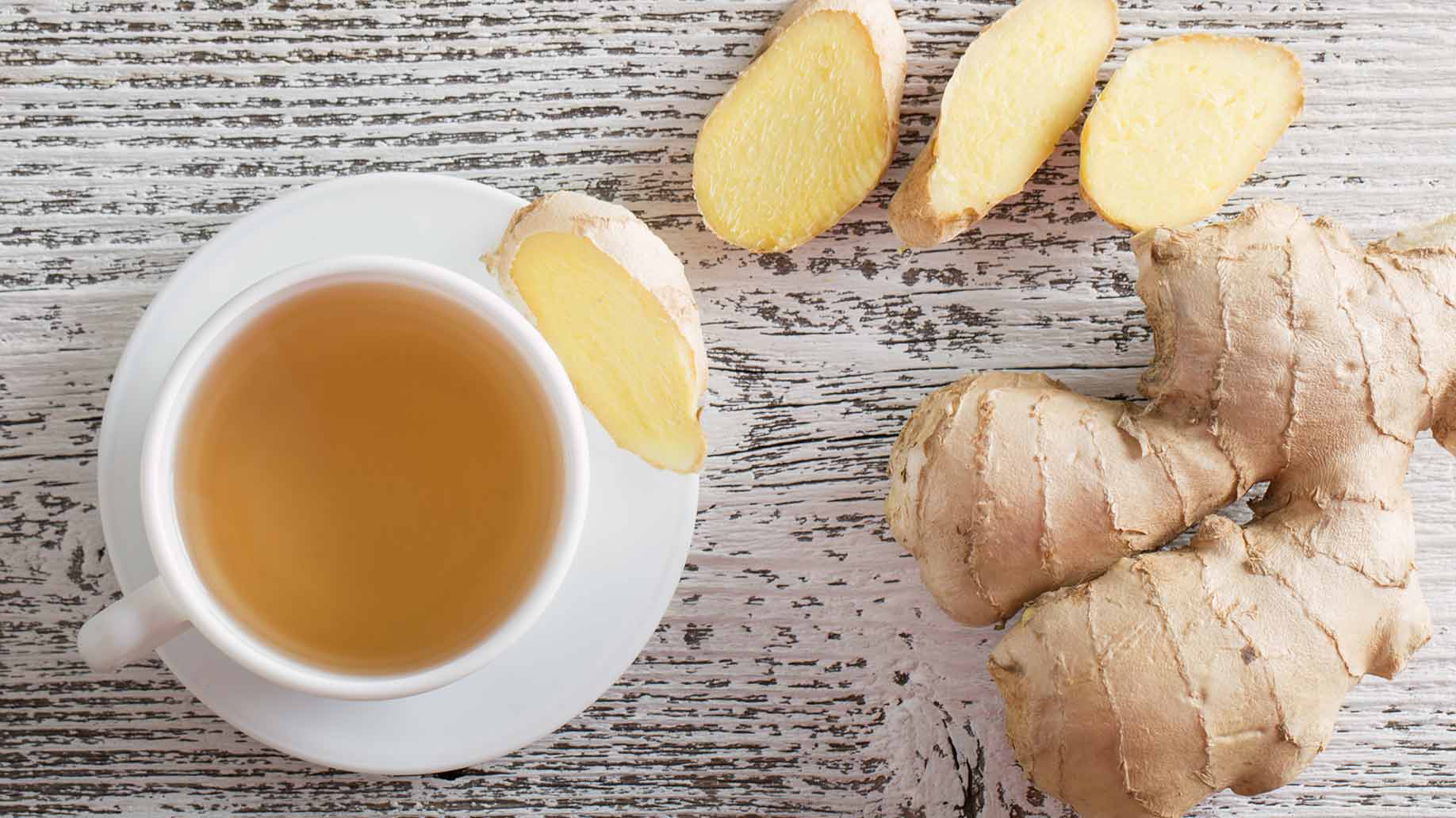
Ginger has been used for centuries in Asian and Indian cultures, especially for its numerous health benefits. Ginger is great for preventing heart conditions, such as lowering blood pressure, decreasing cholesterol, and preventing blood clots.
Ginger decreases bad cholesterol (Low Density Lipoproteins), by preventing plaque build-up on arterial walls, that can lead to increased blood pressure.
Ginger also acts as a blood thinner, which prevents blood clots. Blood clots can prevent adequate blood flow throughout your body, leading to high blood pressure. Preventing blood clot formation can help reduce the prevalence of a heart attack or stroke.
Method: Add fresh ginger to your smoothies and juices, and try to incorporate ginger into your daily cooking.
9. Coconut Water
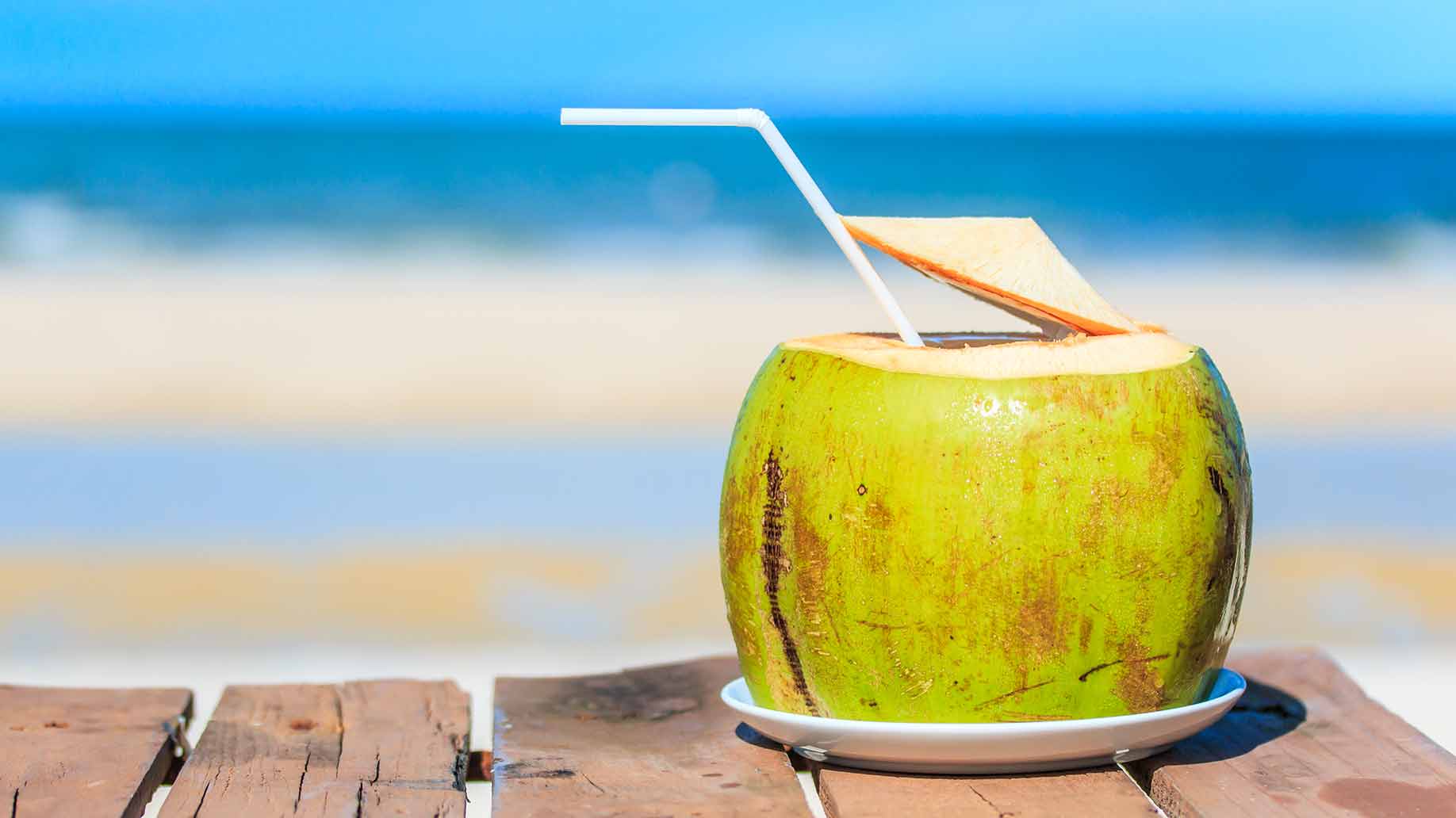
Coconut water is filled with potassium and magnesium electrolytes, which are good for the heart muscle.
Coconut water lowers blood pressure by acting as a potassium sparing diuretic. This removes the excess water from the body, while retaining vital potassium.
Coconut water is best when it is organic and bottled in its raw form.
Method: Drink 8 ounces of organic coconut water, 1-3 times a day. The effects are weight based, so if you are on the heavier side, drink more coconut water (3 times a day).
10. Cayenne Pepper (Capsaicin)
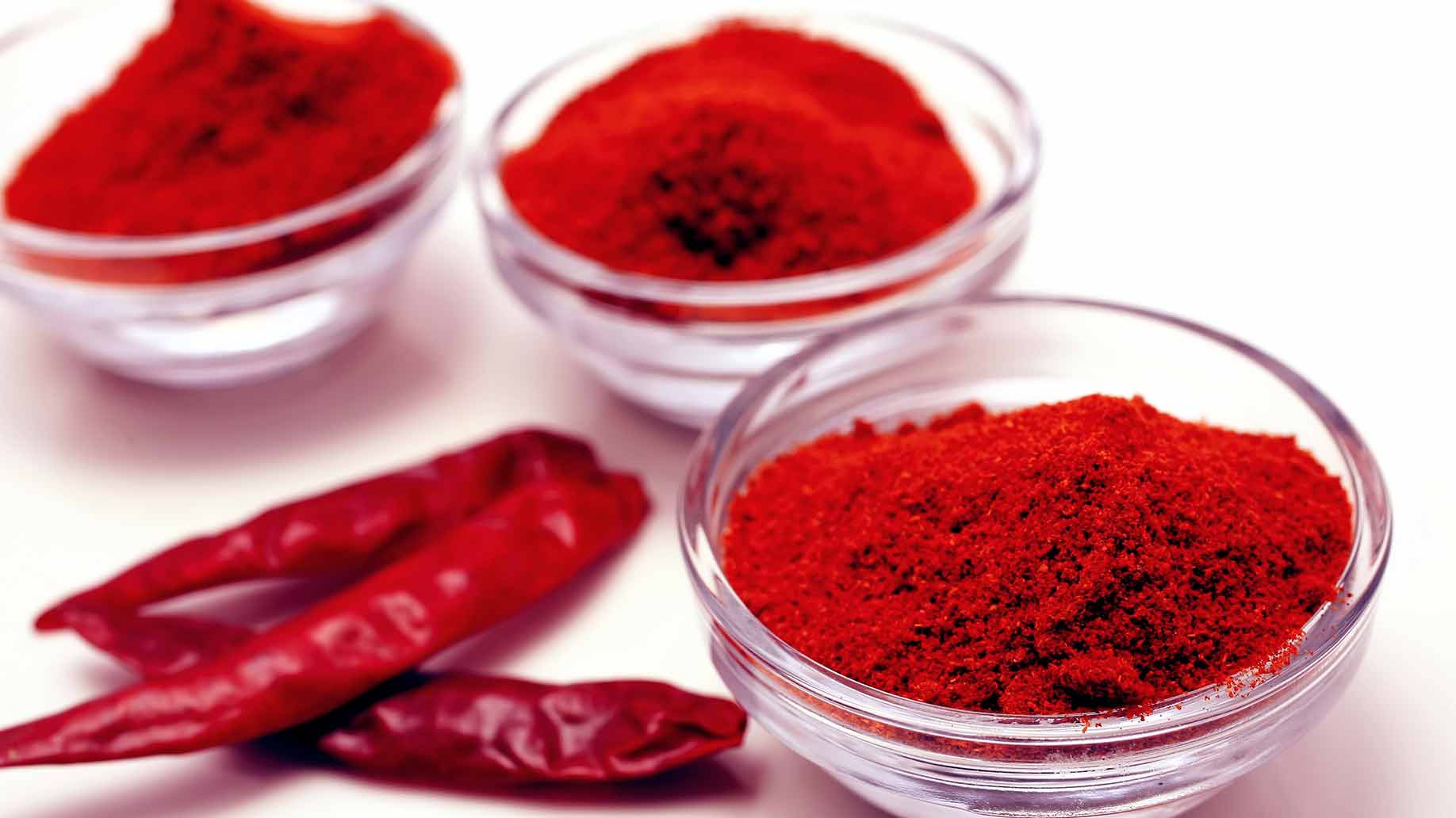
Cayenne pepper is a known vasodilator. It quickly expands blood vessels, which improves the flow of blood. Faster and more efficient flow takes pressure off of the arteries, thus decreasing your blood pressure.
Capsaicin is one of the major ingredients in red peppers. The spicier the pepper, the more capsaicin it contains.
Cayenne pepper helps to create new red blood cells, improves blood structure, and aids in detoxing the blood. During detoxification, cayenne pepper is thought to also remove some plaque build-up off of the arterial walls.
Cayenne pepper is also known to stop bleeding fast. If you have a cut, try sprinkling some cayenne pepper over it.
Method: Recommended dosage is 1 teaspoon of organic cayenne pepper a day, and slowly work your way up to one teaspoon, 3 times a day. If the taste is too spicy for you, try taking capsaicin supplements.
11. Dark Chocolate (Caca0)
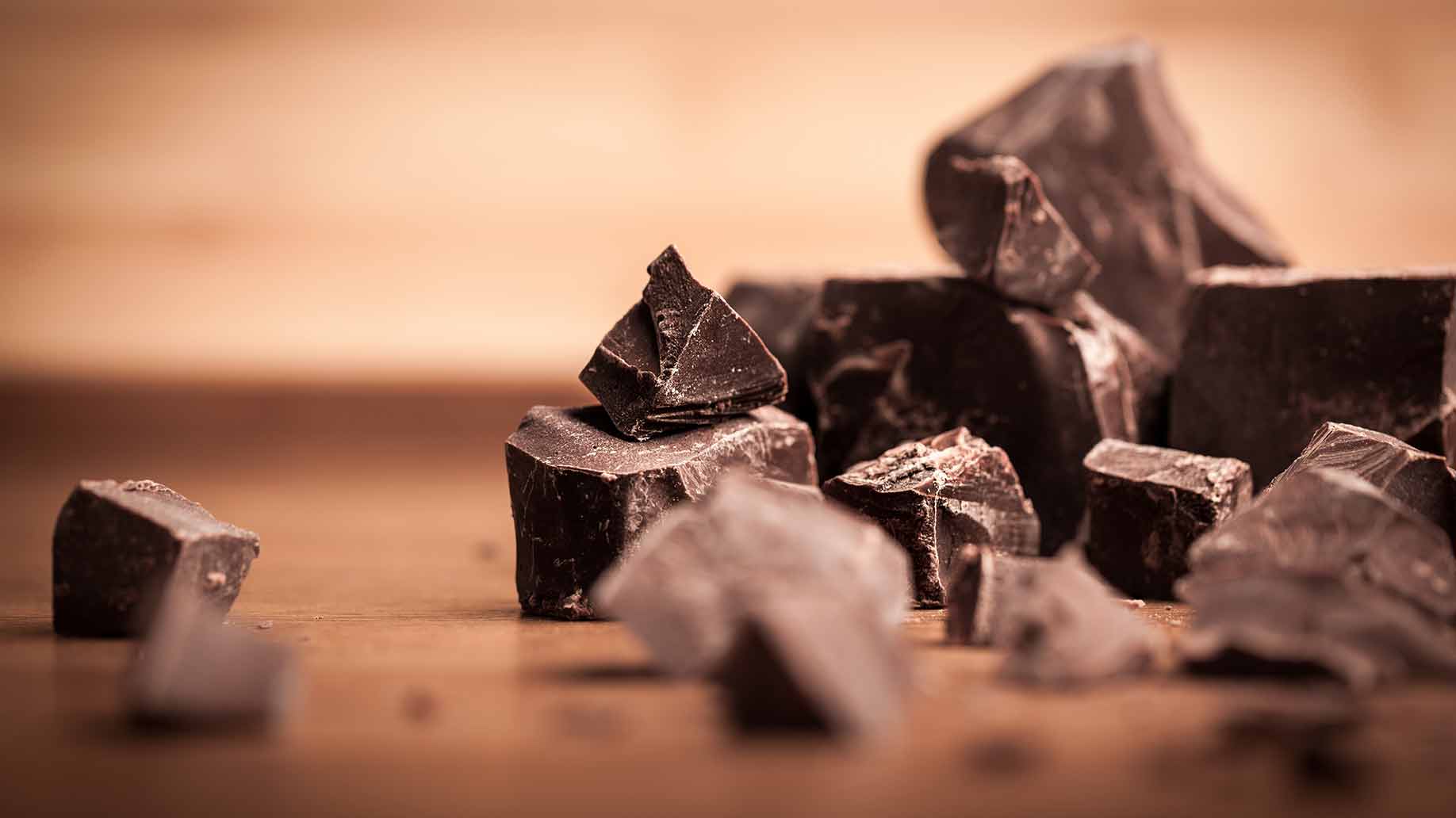
Dark chocolate is made from the seeds of the cocoa tree (Theobroma cacao) and is loaded with antioxidants (cancer fighting) — including polyphenols, flavonoids, catechins.
The cocoa tree seeds contain flavonoids, but more importantly, it is exceptionally high in its levels of flavanols.
Flavanols (Flavan-3-ol) are phytonutrients, which is known as plant-based nutrients. Not many other foods come close to the amount of flavanols that are found in cocoa seeds.
Flavanols are found in certain fruits, vegetables, teas, unprocessed grape juice, wine, and berries. Black teas and red wine in particular, are known to contain high levels of flavanols. Flavanols release a chemical known as nitric oxide (NO). This chemical is a free radical (cancer fighting) that is essential for intercellular health.
Activated nitric oxide dilates blood vessels, making it easier for the blood to circulate throughout the body. NO is absolutely necessary in maintaining a healthy body.
By keeping the blood vessels open, it allows the blood to efficiently carry vital oxygen and nutrients to all parts of the body. Dilated blood vessels decrease stress in the body. This in turn, lowers blood pressure and reduces the risk of stroke or a heart attack.
Eaten in moderation, dark chocolate that is high in flavanols can actually reduce your risk of heart disease and stroke, and maintains efficient blood circulation.
Other proven benefits of dark chocolate include: decreases bad cholesterol while increasing good cholesterol, protects again sun damage while smoothing the skin, boosts brain health, and provides essential vitamins and minerals.
Method: Make sure your dark chocolates or cocoa powders contain at least 50-80% of cocoa to reap the benefits of the flavanols. Just remember that the more cocoa content your chocolate contains, the more nutritious it is.
12. Cardamom
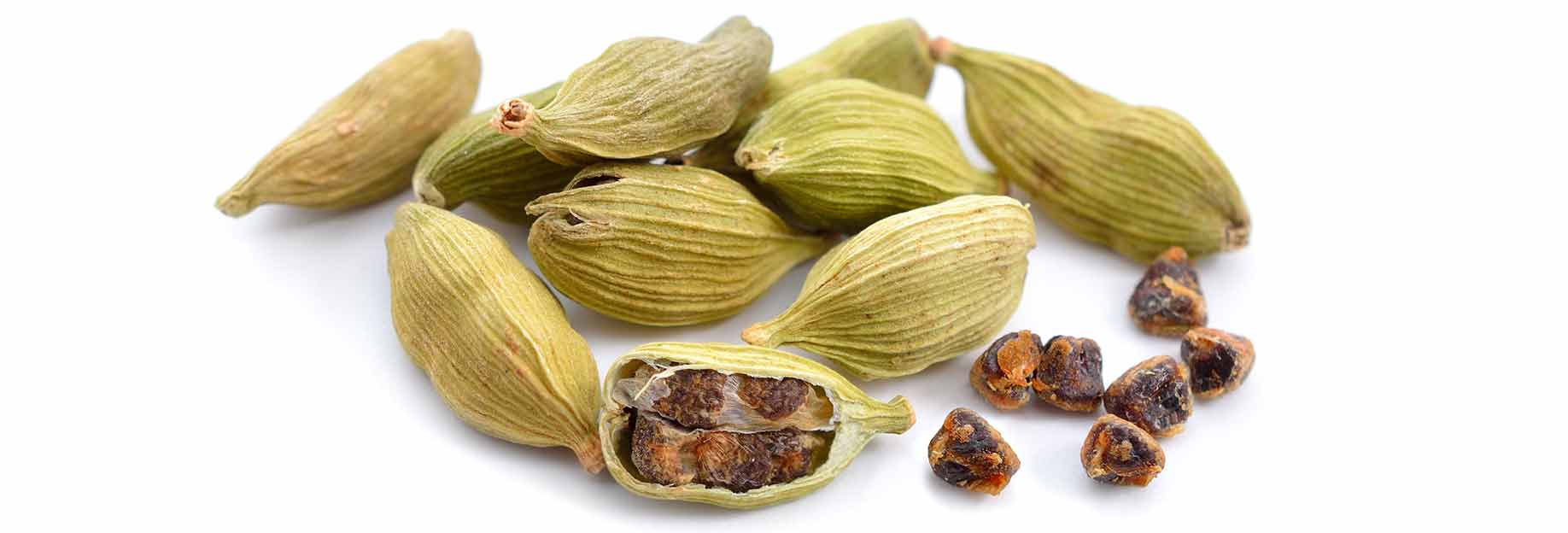
Cardamom is a spice that has been used for thousands of years in Ayurveda medicine. It is widely used for cardiac disorders, gastrointestinal disorders, renal problems, heart burn, and respiratory disorders.
Cardamom is also known for its antioxidant, gastro-protective, anti-spasmodic, antibacterial, anti-platelet aggregation, and anti-cancer properties.
Cardamom causes vasodilation (dilation of blood vessels) and allows blood to flow more easily, thus lowering blood pressure.
Method: Mix 1 teaspoon of cardamom powder with raw organic honey in a cup of warm filtered water. Drink twice a day.
13. Hibiscus Tea
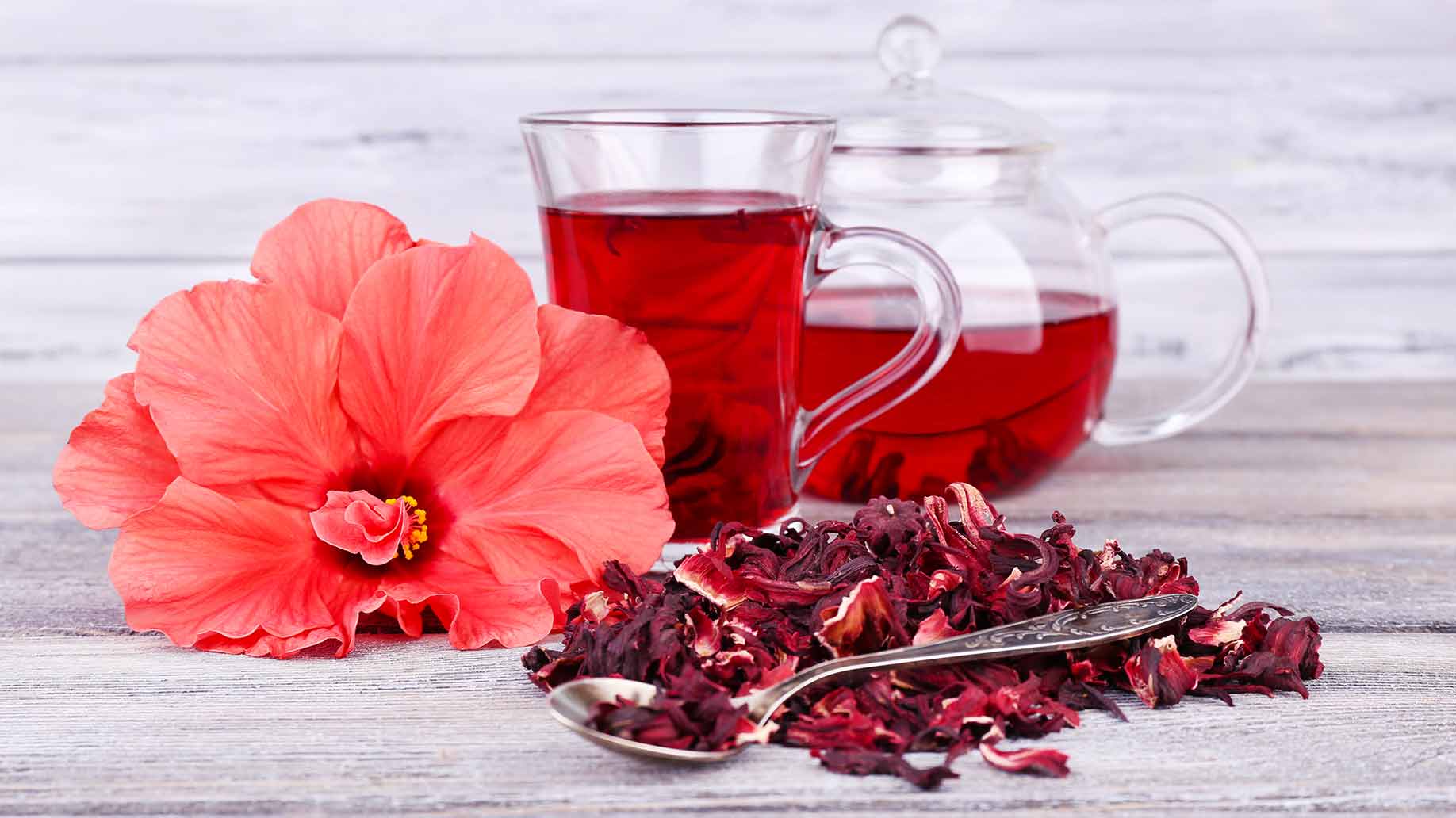
Hibiscus is widely used around the world to manage blood pressure.
Hibiscus acts as a diuretic and flushes out all the excess fluid that is in your heart and in your tissues. This decreases the pressure on the arterial walls. Vessel walls are relaxed and blood volume is decreased, thus lowering your blood pressure.
A study performed in 2008 shows that 3 cups of hibiscus tea daily lowers systolic blood pressure (SBP) by 7 mm Hg, after only 6 weeks.
Method: Seep dried hibiscus leaves into a cup of hot filtered water. Add raw organic honey and lemon for taste.
14. Hawthorn
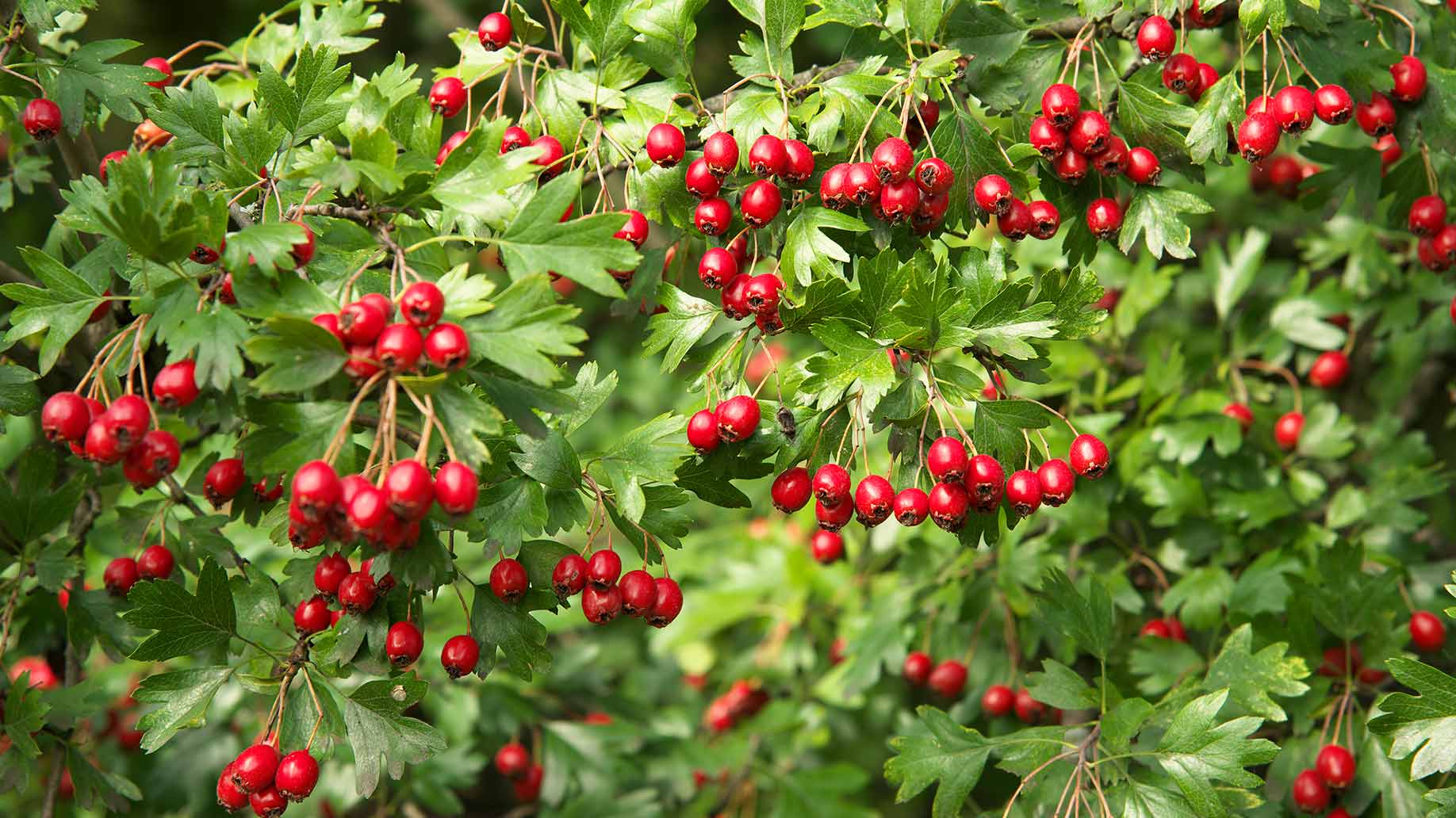
For centuries, hawthorn has been used for cardiac, circulatory, and respiratory disorders. The berries of the plant has been specifically used to treat high blood pressure, irregular heartbeats, chest pain, atherosclerosis, and heart failure.
Hawthorn also contains flavonoids, which are antioxidants that destroys free radicals. Flavonoids help dilate blood vessels, improve the flow of blood, and protect against blood vessel damage.
Method: Drink hawthorn tea 1-3 times a day.
15. Cat’s Claw
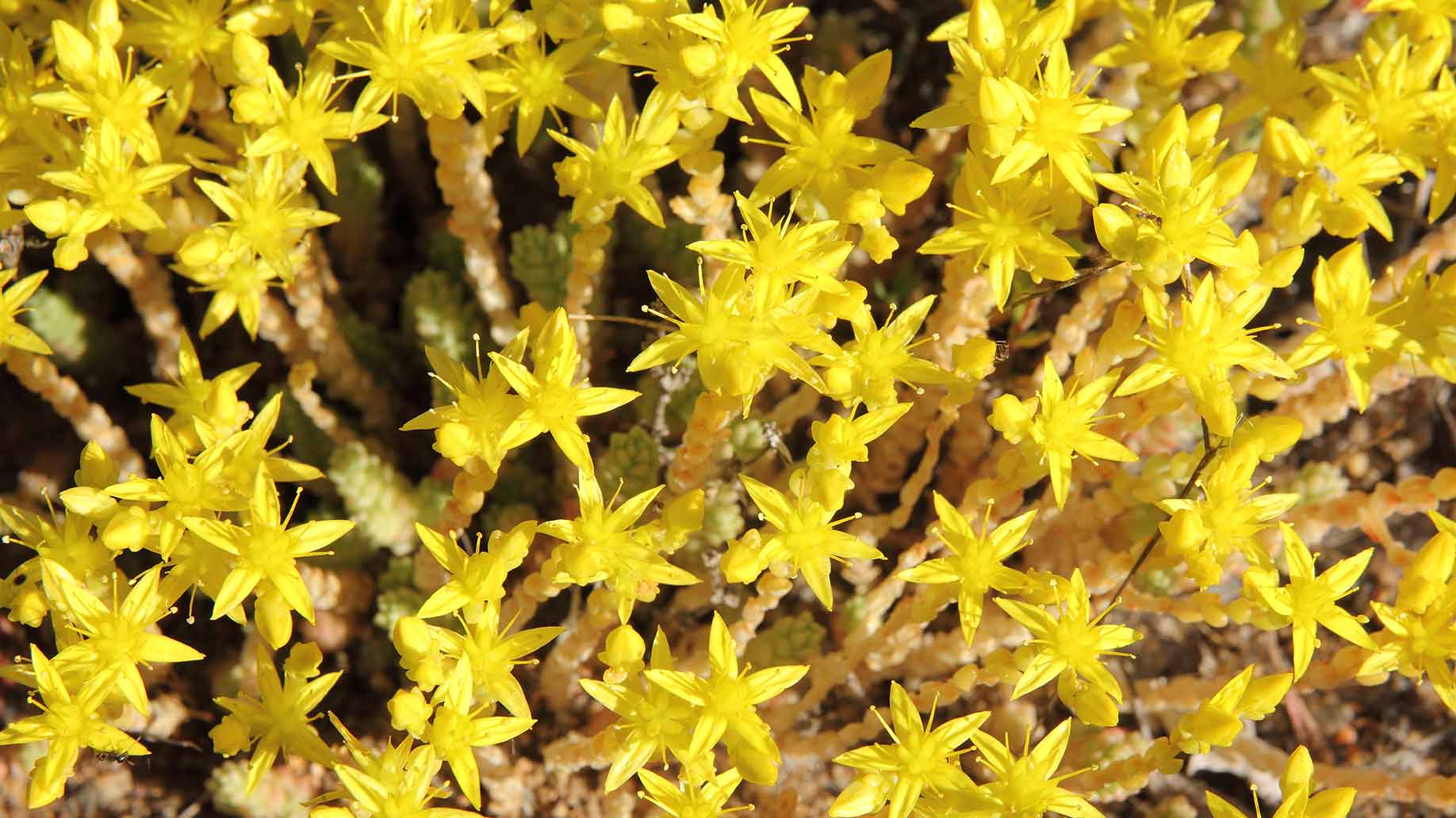
Cat’s claw (uncaria tomentosa) is a popular herb in China, South America, and Central America. It is widely used in China for the treatment of high blood pressure.
Cat’s claw lowers blood pressure by inducing vasodilation. Dilated blood vessels allows the blood to flow more easily. It also acts as a mild diuretic and rids the body of harmful excess fluid.
This herb contains tannins and flavanols. Flavanols release a chemical known as nitric oxide (NO). NO is a free radical (cancer fighting) that is essential for cellular health.
Activated NO dilates blood vessels, making it easier for the blood to circulate throughout the body.
By keeping the blood vessels open, blood is able to efficiently carry vital oxygen and nutrients all over the body. Dilated blood vessels decrease stress in the body, ultimately lowering blood pressure and reduces the risk of stroke and heart attacks.
Method: A typical daily dose of cat’s claw is 350 milligrams. Cat’s claw tea is also a good alternative.
16. Mistletoe
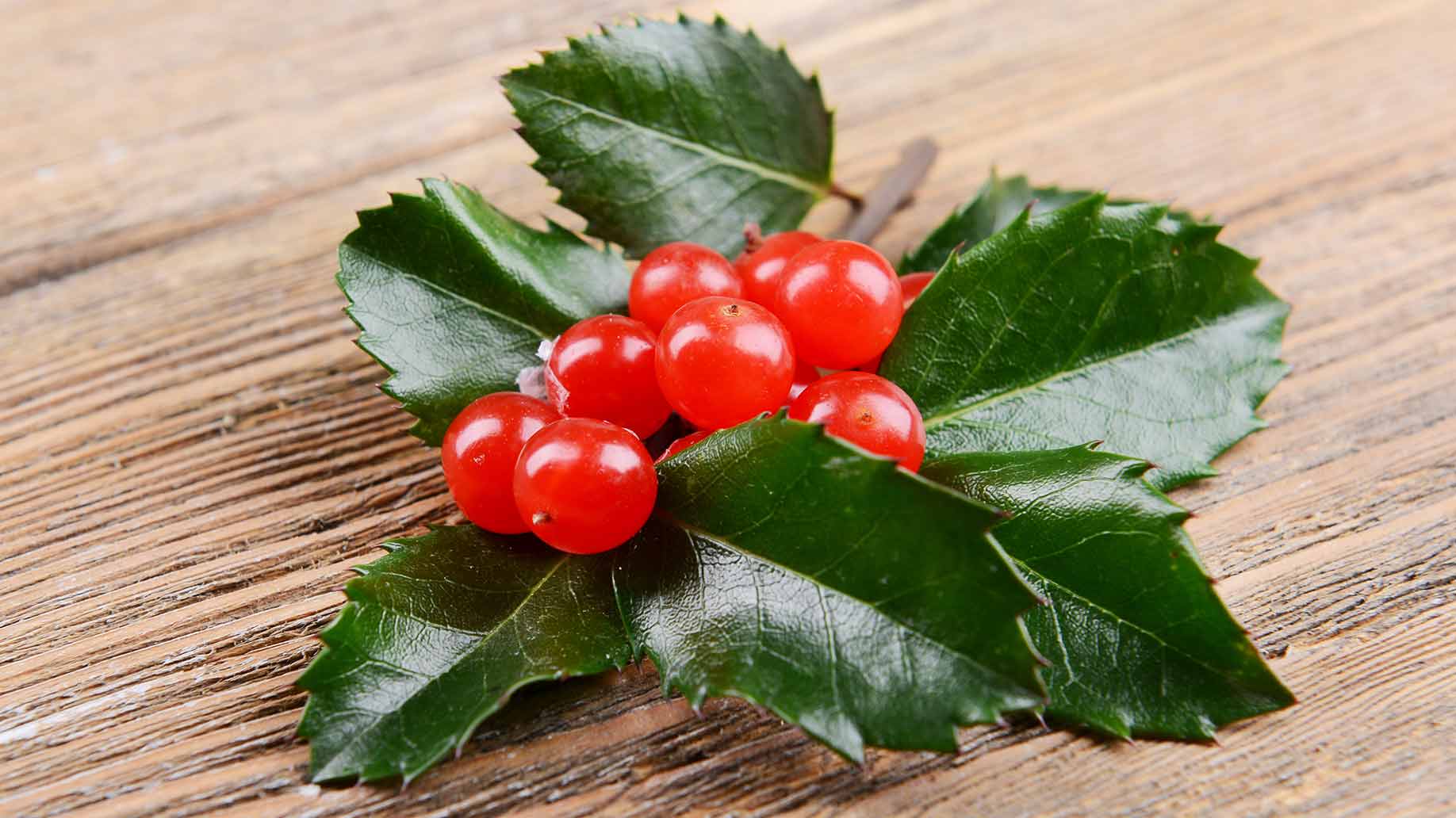
Mistletoe is not the first thing that may come to one’s mind when thinking about lowering elevated blood pressures. There is a lot more to this plant than just being a beautiful holiday decoration.
Mistletoe boosts the immune system, lowers blood pressure, and helps treat cancer and hepatitis. Mistletoe extracts contains an active compound called alkaloids. Alkaloids lowers blood pressure by controlling nerve impulses along the heart and arterial walls.
The actions of mistletoe are gradual but have a long-lasting effect on blood pressure.
Method: Mistletoe can be harmful and poisonous if consumed raw and unprocessed. Always consult with a doctor before taking mistletoe extracts, to avoid hypotension (below normal blood pressure).
17. Turmeric (Curcumin)
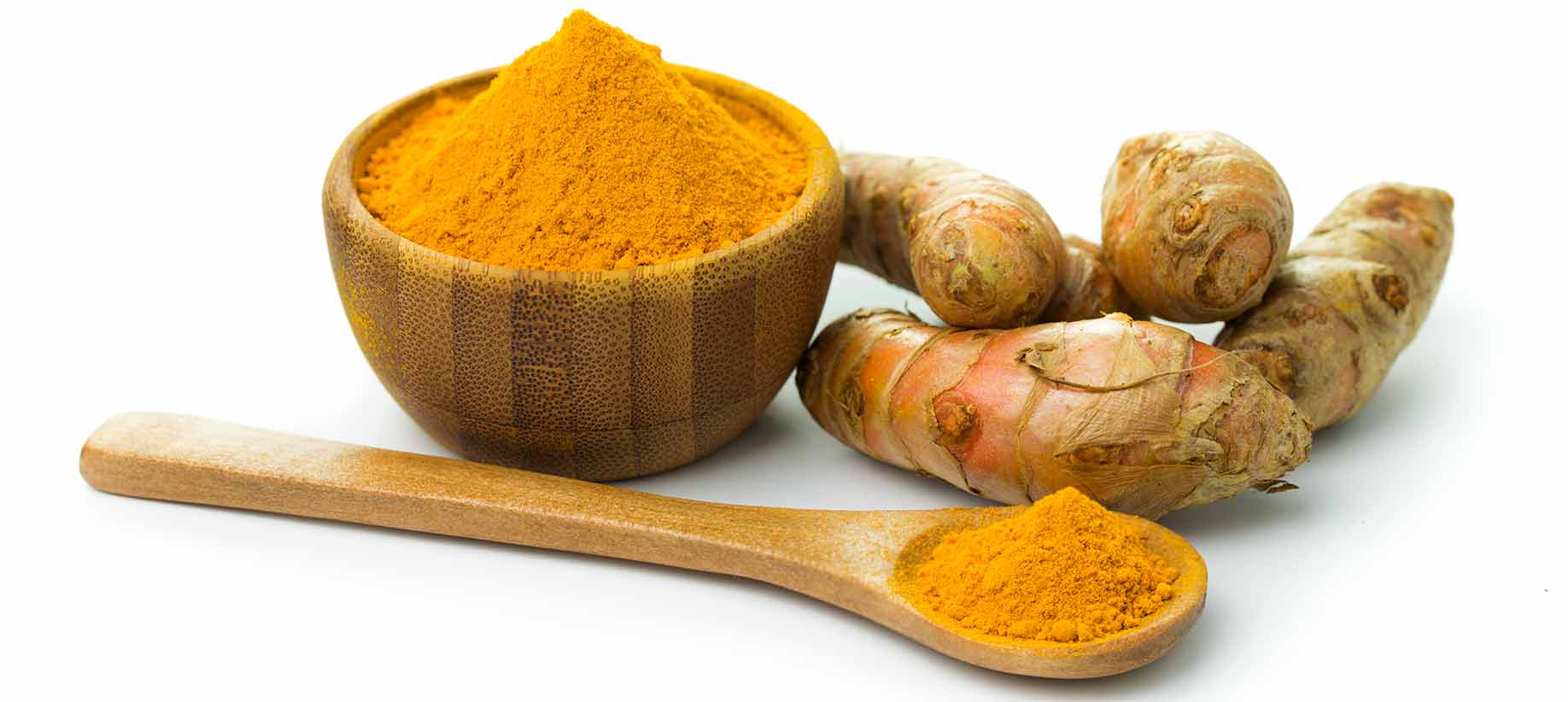
Curcumin is the main component of turmeric. Turmeric is one of the most studied spice in the world. It is known to significantly decrease inflammation throughout the body. By reducing inflammation, turmeric improves blood flow and improves cardiovascular function.
Turmeric can help remove some of the plaque build-up off arterial walls. Turmeric is also a natural blood thinner, which improves blood flow and thus, lowers blood pressure.
Method: Add turmeric powder to your favorite tea, and flavor it with ginger and raw organic honey. Turmeric capsules or tinctures are also available.
18. Omega-3 (Fatty Acids)
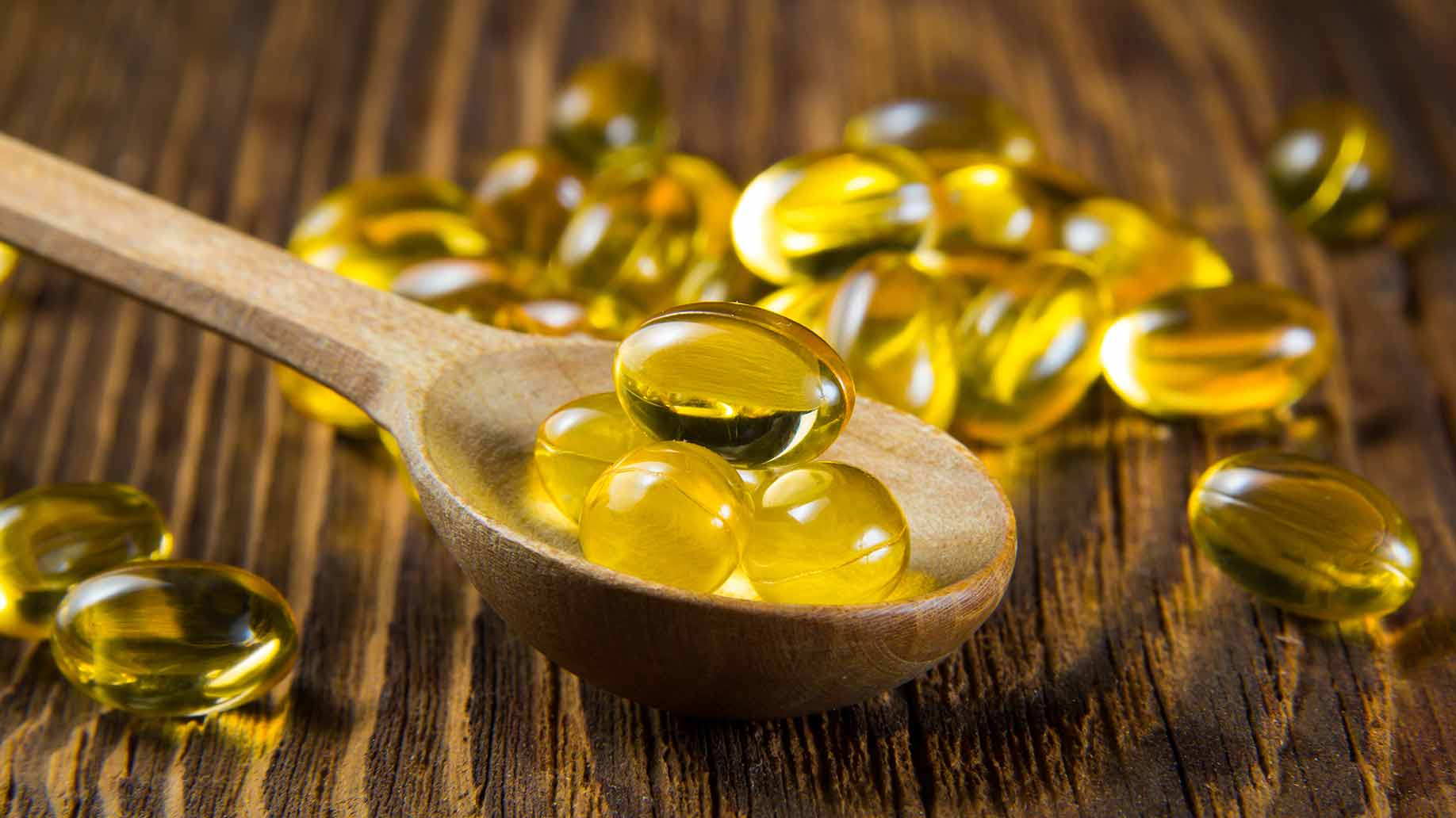
Omega-3 is great at lowering blood pressure and cholesterol.
Fish oil contains Essential Fatty Acids (EFA). EFAs are polyunsaturated fats derived from linolenic (Omega-3), linoleic (Omega-6), and oleic acids. These are essential fats, meaning that our bodies cannot produce them on its own. It is crucial that EFAs are obtained from our diet.
The balanced ratio that is needed by our bodies of Omega-6 and Omega-3 is between 2:1-4:1. Due to the American diet, our ratios have become 10:1-30:1. Unfortunately, a large chunk of the population is lacking in Omega-3.
Omega-3 is important for decreasing inflammation throughout the body. Decreasing inflammation helps prevent heart disease, autoimmune diseases, stroke, and mental illnesses (inflammation of the brain). It is also well-known that Omega-3s are effective at fighting depression and anger.
Method: Fatty fish such as salmon, herring, trout, krill, canned tuna, and sardines contain a good amount of Omega-3. The daily recommended dose of Omega-3 is 1,000 milligrams.
19. Vitamin D
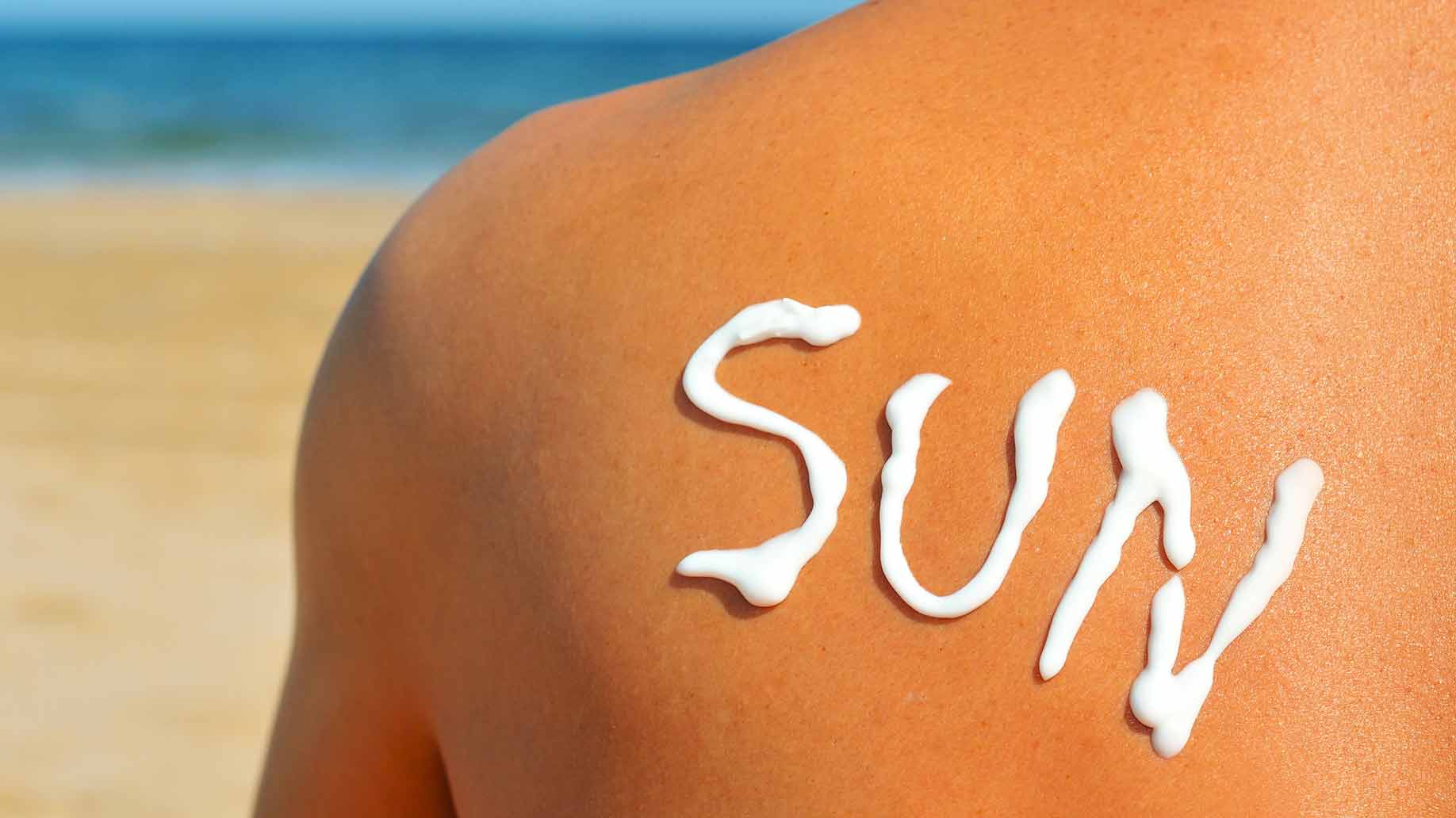
Vitamin D is a “sun vitamin” that regulates over 200 genes. It is also responsible for proper cell growth and development. Usually 50-90% of vitamin D is absorbed by our bodies, directly from the sun. The remainder comes from our diet. Natural sources of Vitamin D can be found in eggs, fatty fish, fortified dairy and meats.
Since people are spending less and less time outdoors, vitamin D deficiency is on the rise and is affecting people worldwide. Over 1 billion people are deficient in vitamin D globally. Deficiency in this essential vitamin can lead to hypertension, as well as numerous other diseases — mental health illnesses, cancers, birth defects, autoimmune disorders.
A study published in 2014 shows that Vitamin D supplementation helps to lower high blood pressure. Vitamin D suppresses the hormone renin, which is similar to the effect of angiotensin-converting enzyme (ACE) inhibitors. ACE inhibitors are popular prescribed antihypertensives.
Method: If you are going to take supplements, make sure to get D3 (cholecalciferol), and not D2 (ergocalciferol). Vitamin D3 is the active form that our bodies can use. The recommended daily dose of Vitamin D3 is 2,000 IU.
20. CoQ10
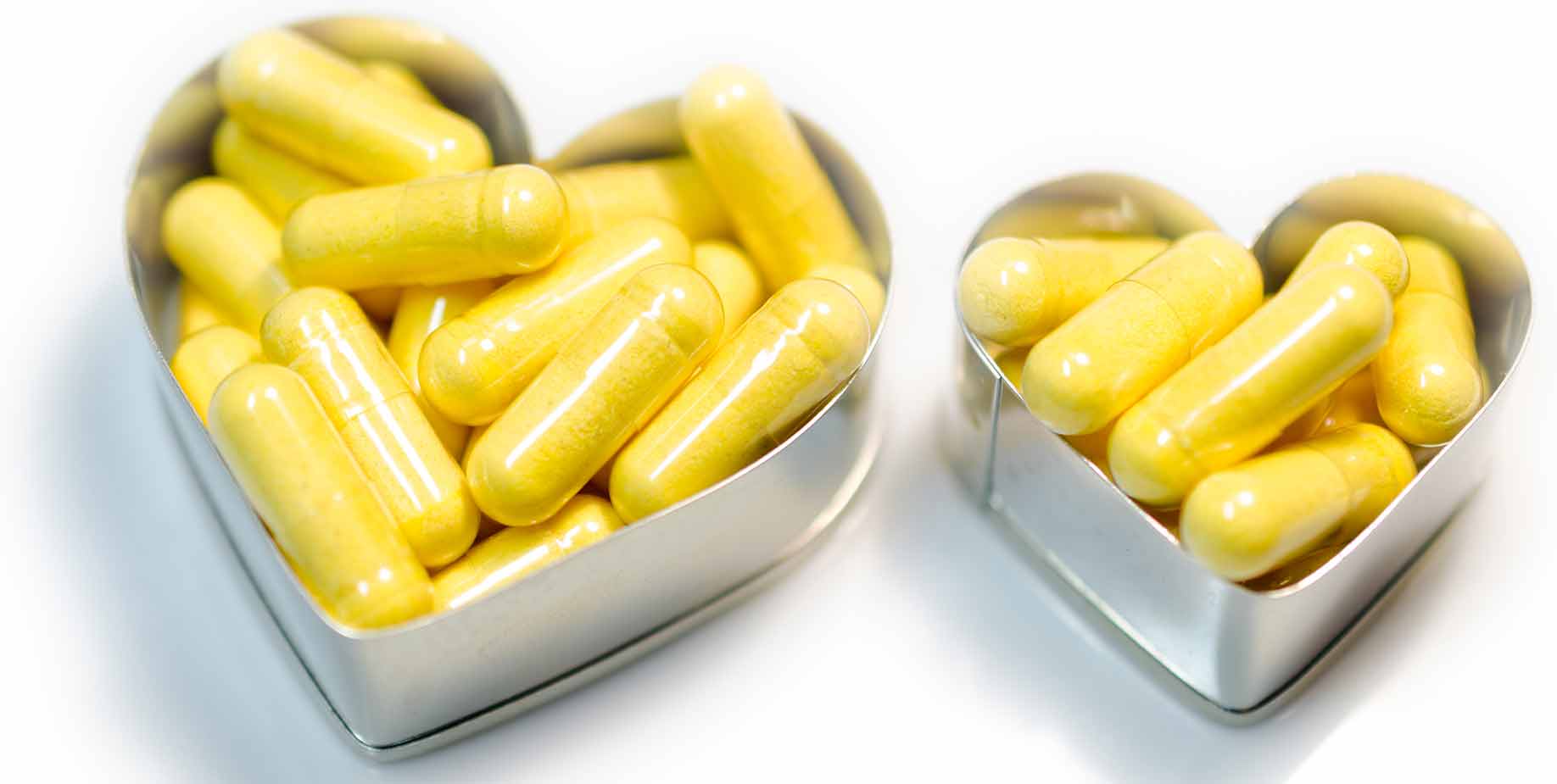
CoQ10 is a naturally occurring enzyme. It contains antioxidants that are good for maintaining cardiac health.
CoQ10 has been shown to decrease blood pressure and reduces the thickening of the heart muscle (hypertrophy).
There are no known side effects of CoQ10 since it naturally occurs in the body.
Method: According to Mayo Clinic, for the treatment of hypertension, take 60-360 milligrams daily for 8-12 weeks.
21. French Lavender
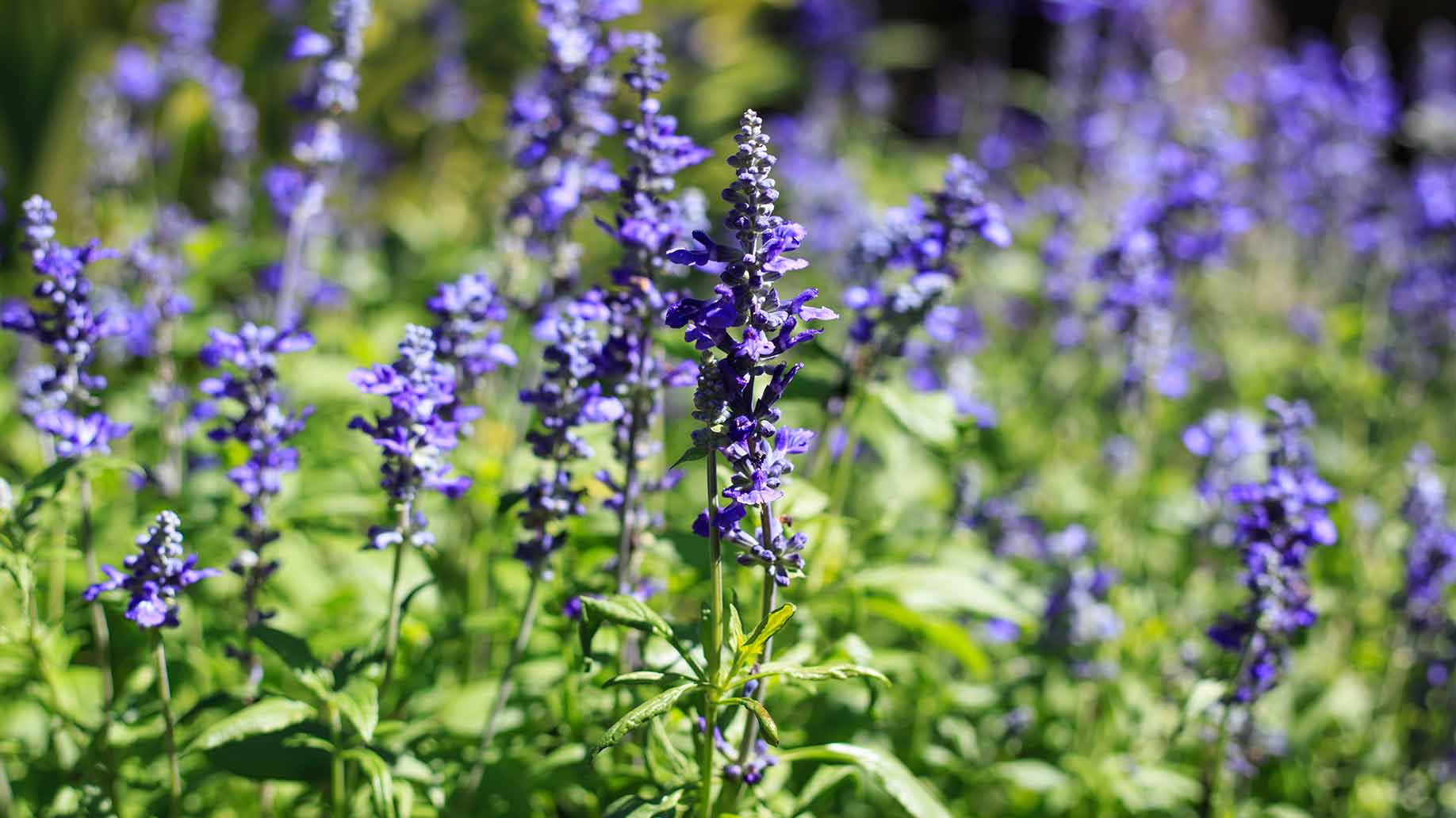
Lavender is a popular fragrance that is widely used as a relaxer of the mind, body and soul.
This herb is also known to help decrease your blood pressure and heart rate.
One study shows that aromatherapy with certain essential oils can lower blood pressure. Effective oils include blends of lavender, ylanglang, and vergamot. The recommended usage is once daily, for 4-weeks.
Method: Use lavender essential oils, or incorporate lavender into your baked foods and daily cooking.
22. Relax & Listen to (Classical) Music

Surprisingly, stress plays a huge role in cardiovascular disease.
Music has a calming effect and can be used as stress-relieving therapy. Music subconsciously affects our mood. The right type of music can have a positively calming effect and has been proven to lower blood pressure.
Listening to music for at least 30-minutes a day can lower blood pressure, slow down heart rate, and decrease anxiety.
One study shows that slower tempo classical music leads to a significant decrease in blood pressure, while rap, pop, jazz, and rock music have the opposite effect.
Method: Set aside some time everyday to just relax and listen to some Giuseppe Verdi or Beethoven’s Ninth Symphony.
23. Exercise – Get Walking
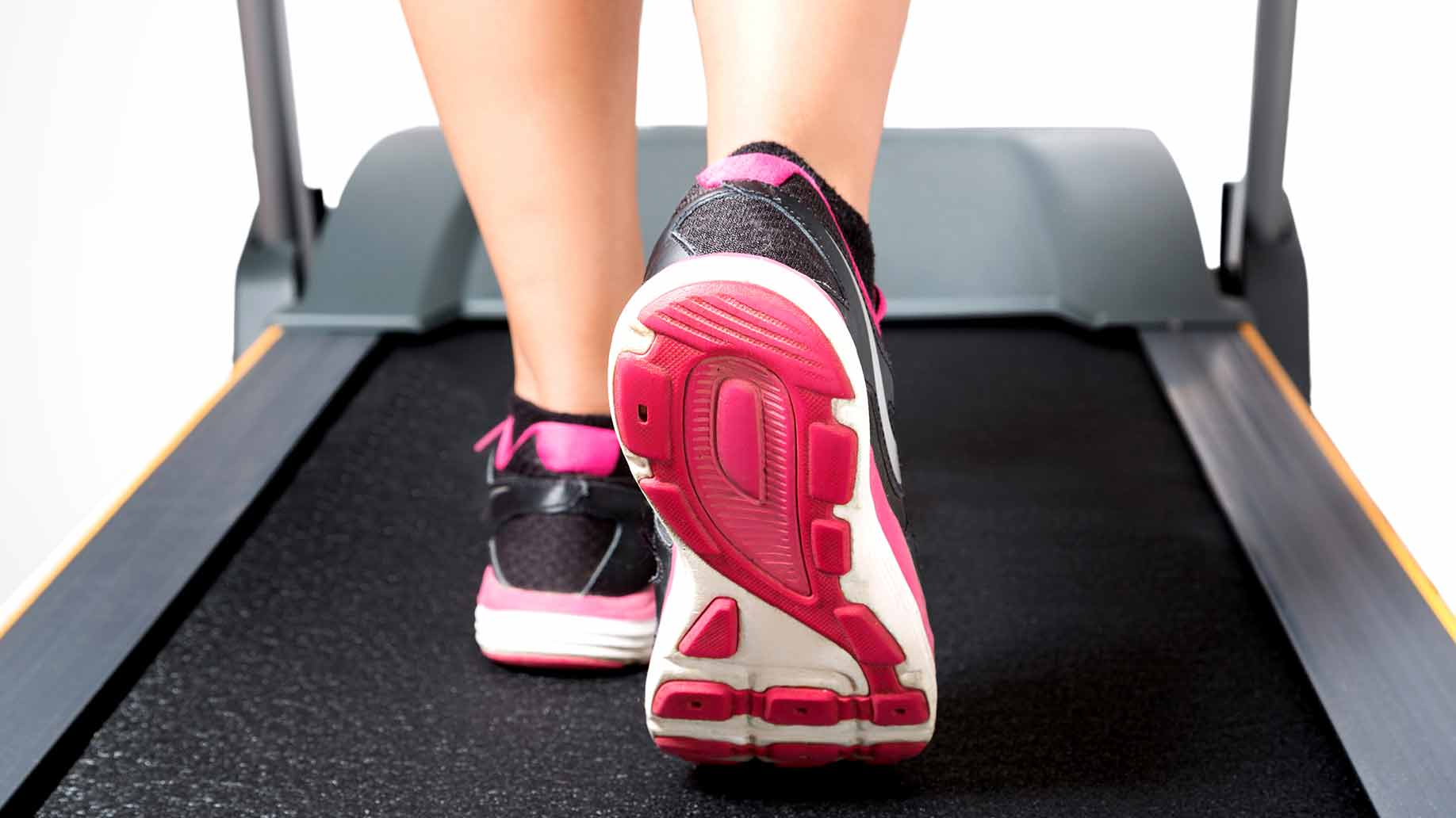
Being overweight puts extra pressure on your arterial walls and forces your heart to work harder 24/7. It also puts you at risk for developing other diseases, such as atherosclerosis, which can lead to hypertension, cardiovascular disease, heart attacks, and stroke.
A sedentary lifestyle can increase your risk of having high blood pressure by 30 percent. Walking is the best exercise you can do for your entire body.
One study shows that light exercising (brisk walking or light jogging) aids in decreasing elevated blood pressure. Walking daily can also help you to go to sleep more easily, and stay asleep.
Method: The recommended amount of exercise is 30-minutes of aerobic activity, everyday.
Final Note
It’s important to keep your blood pressure at a normal range. Unfortunately, there is no quick fix for hypertension. Just keep in mind that these natural remedies cannot lower your blood pressure alone. You still have to alter lifestyle choices that may be the direct cause of your hypertension.
Good diet and quality exercise are also important in lowering blood pressure. There are many natural remedies that can help lower your pressure — the trick is finding the remedies that work best for you.





